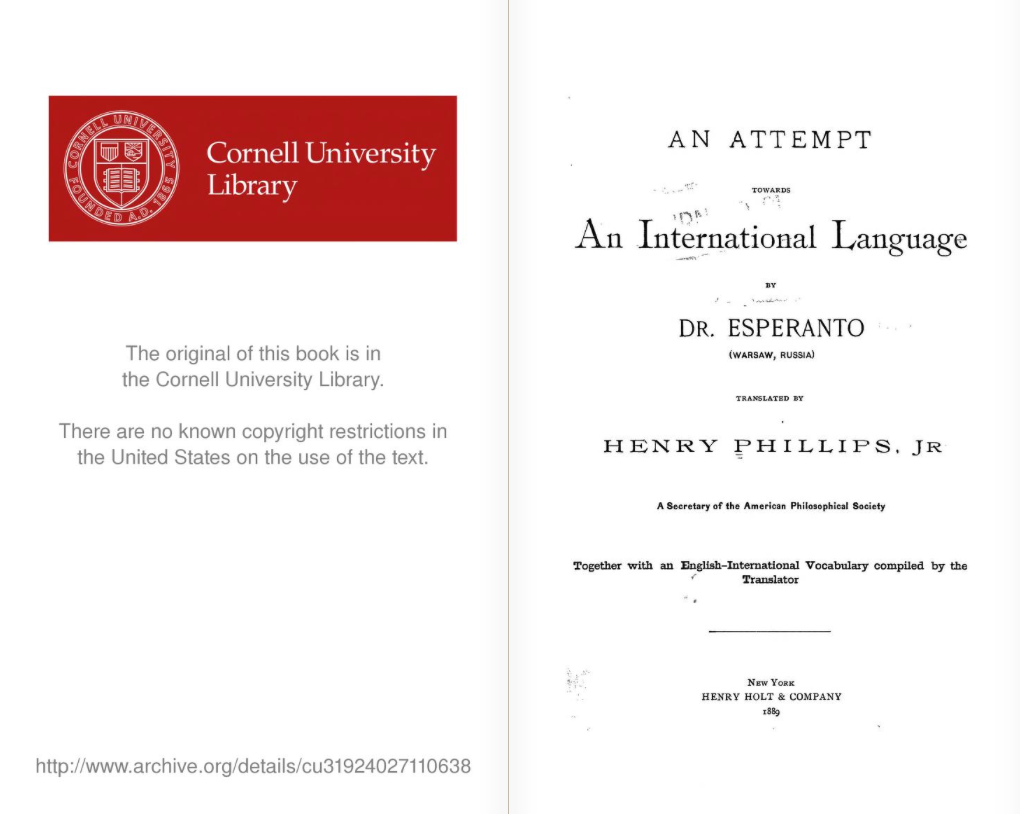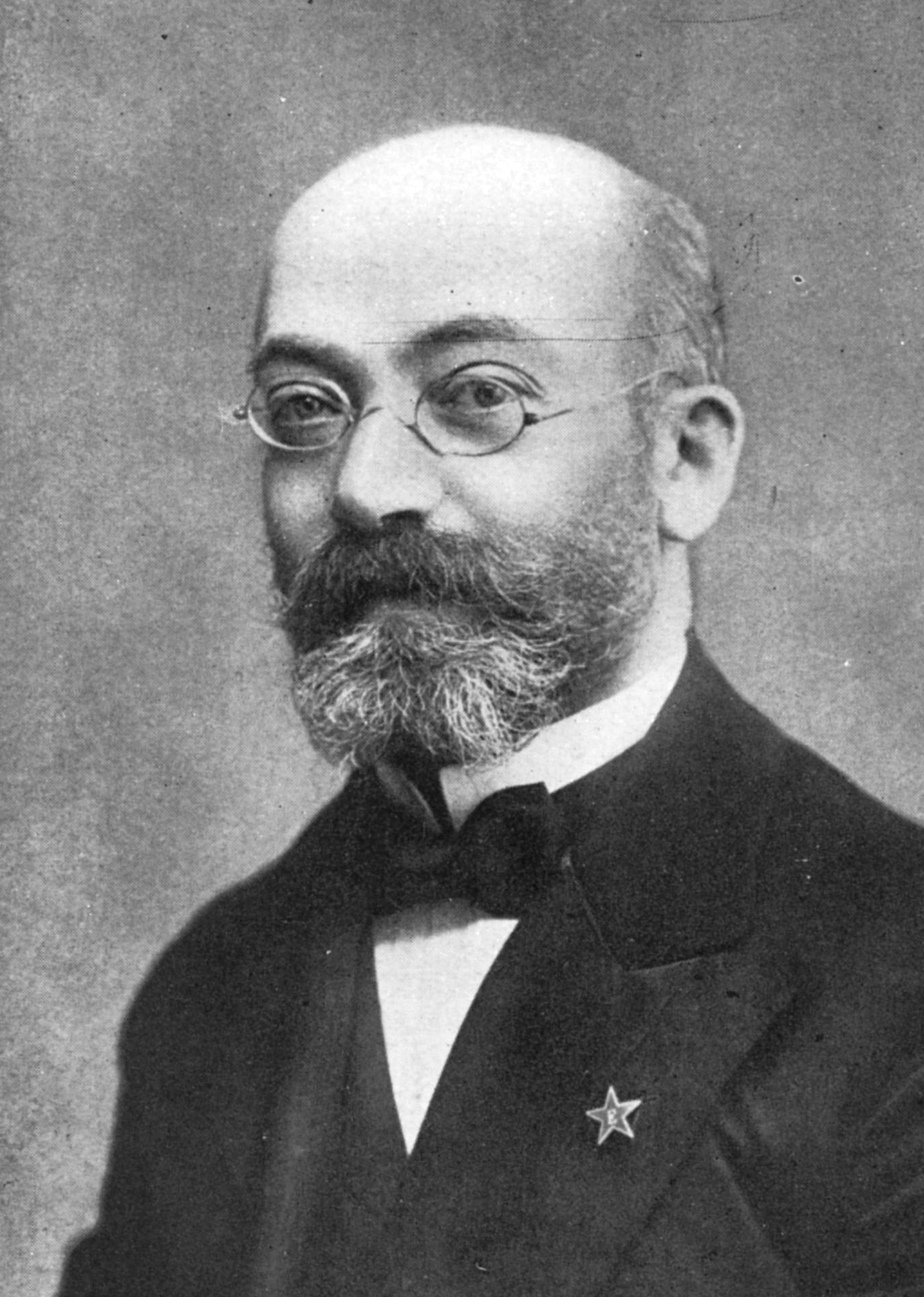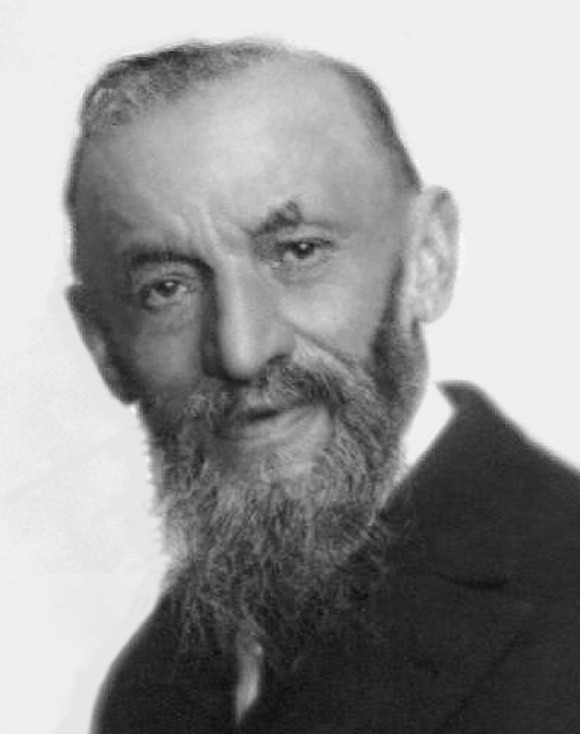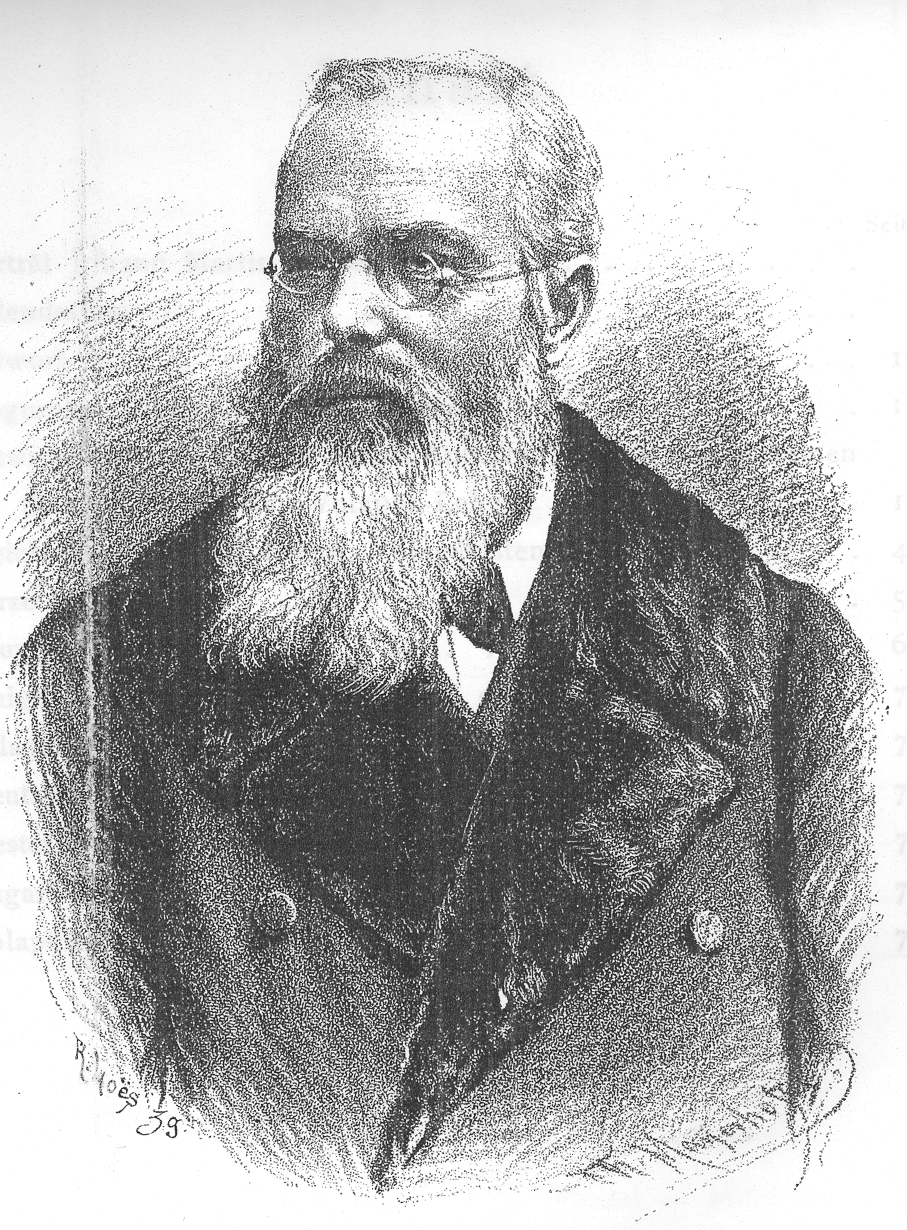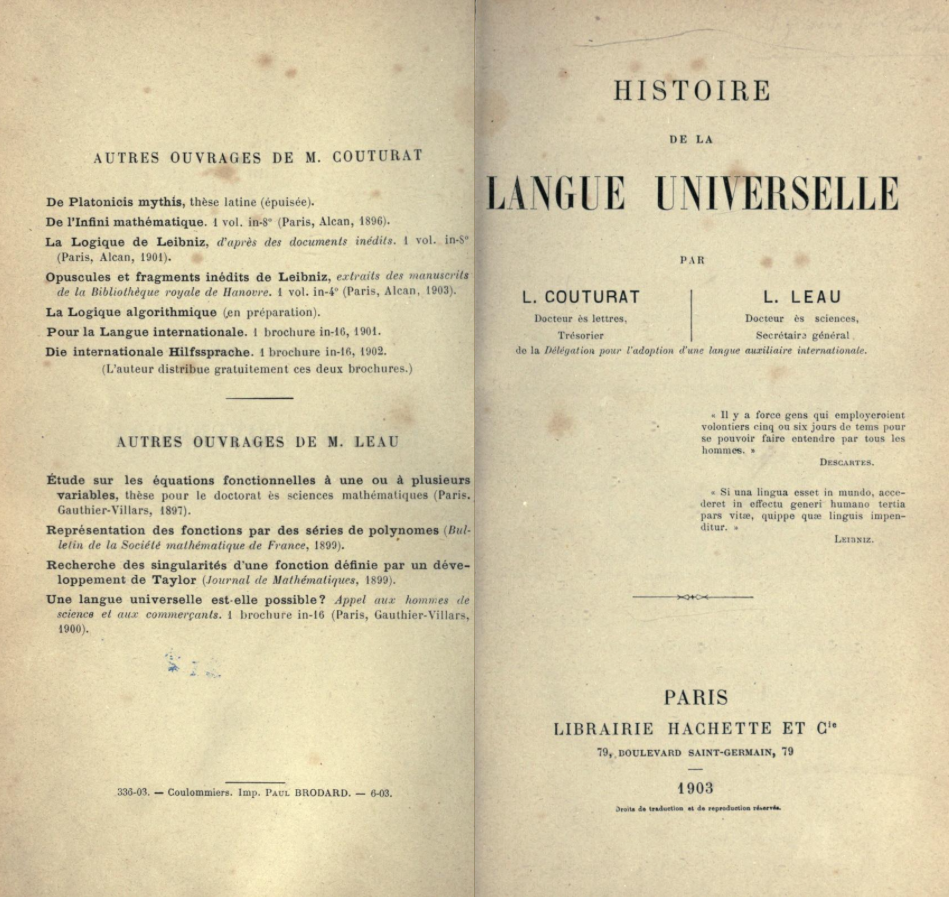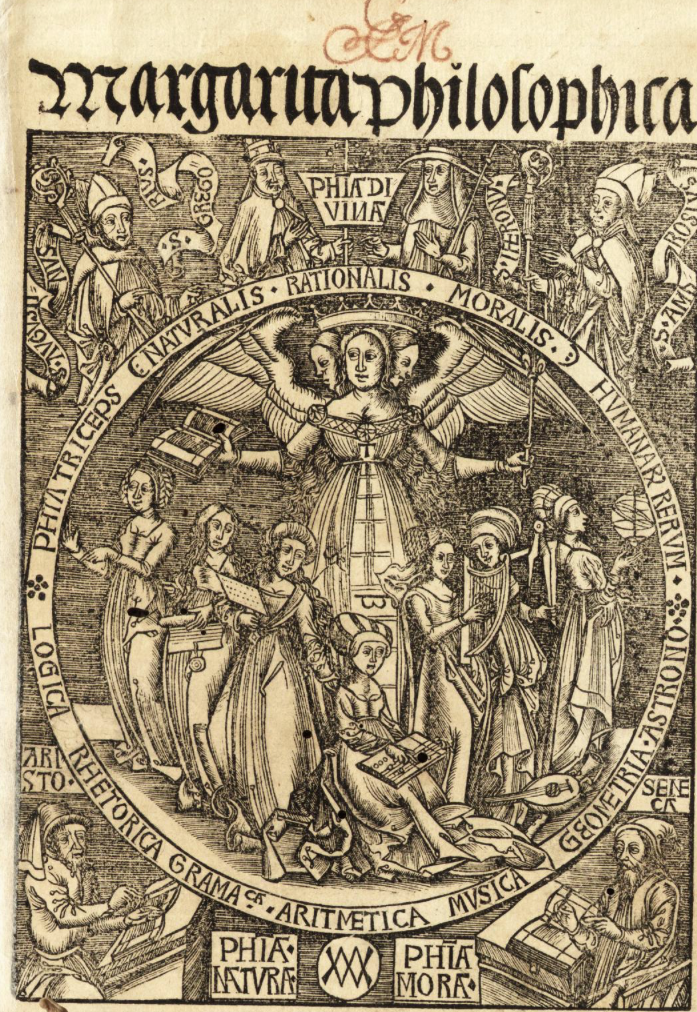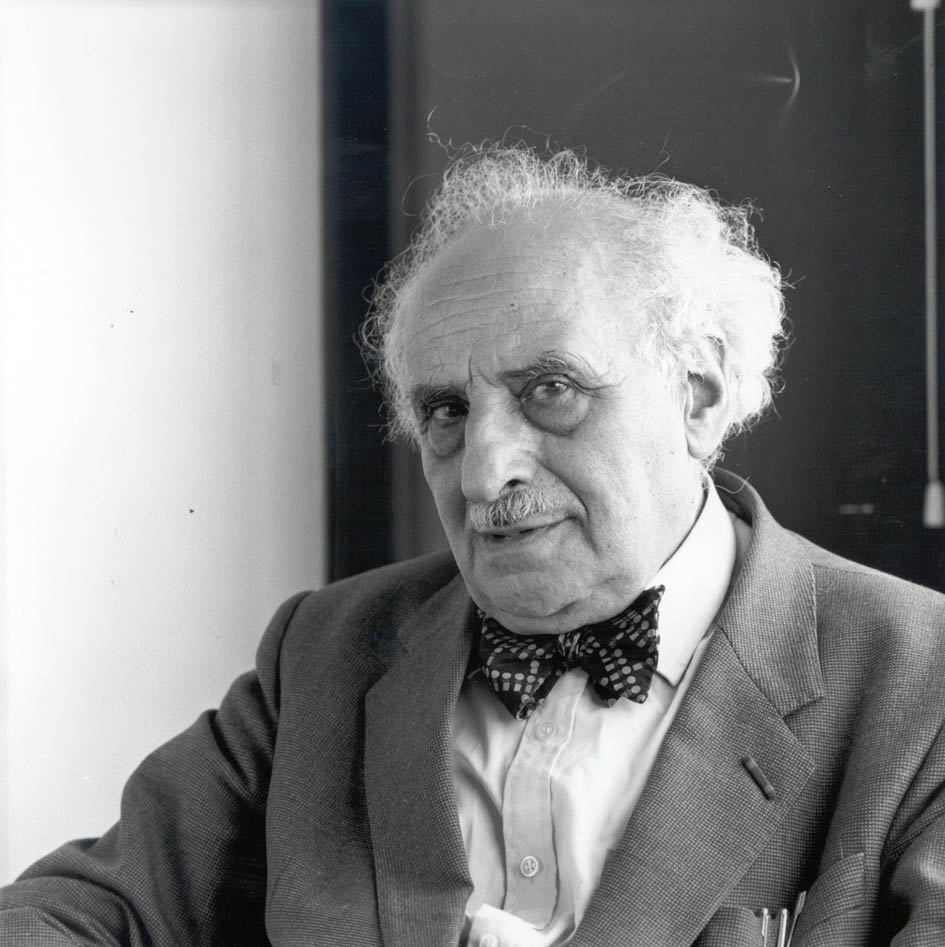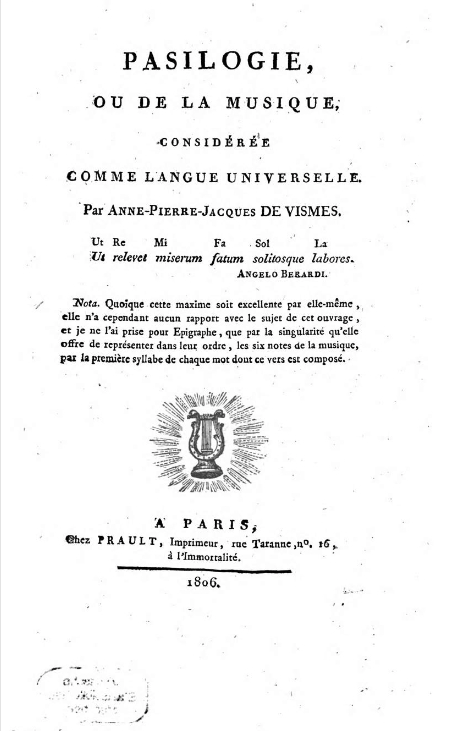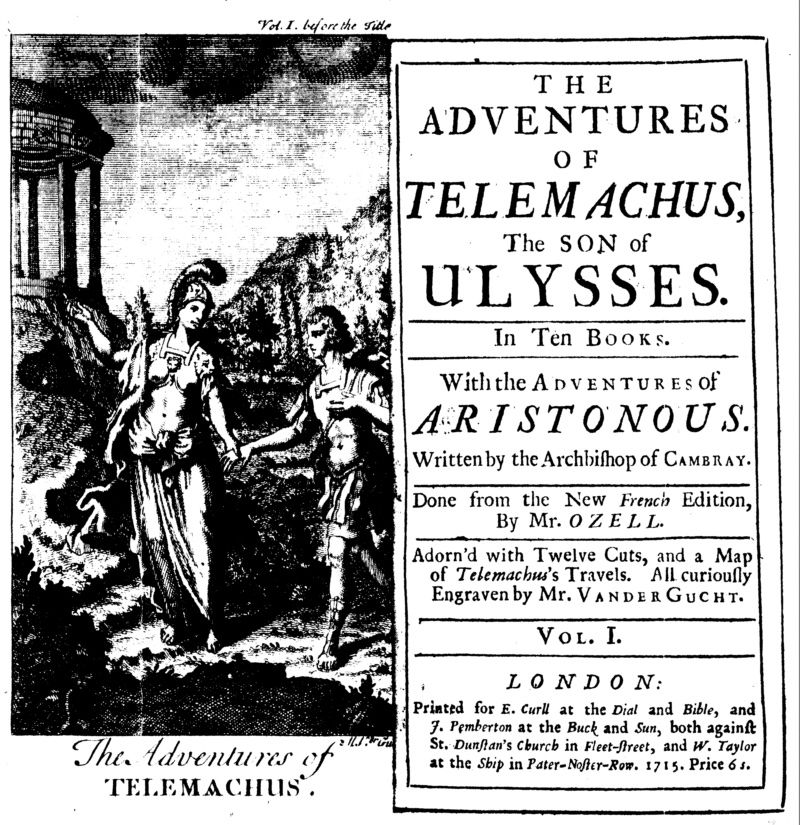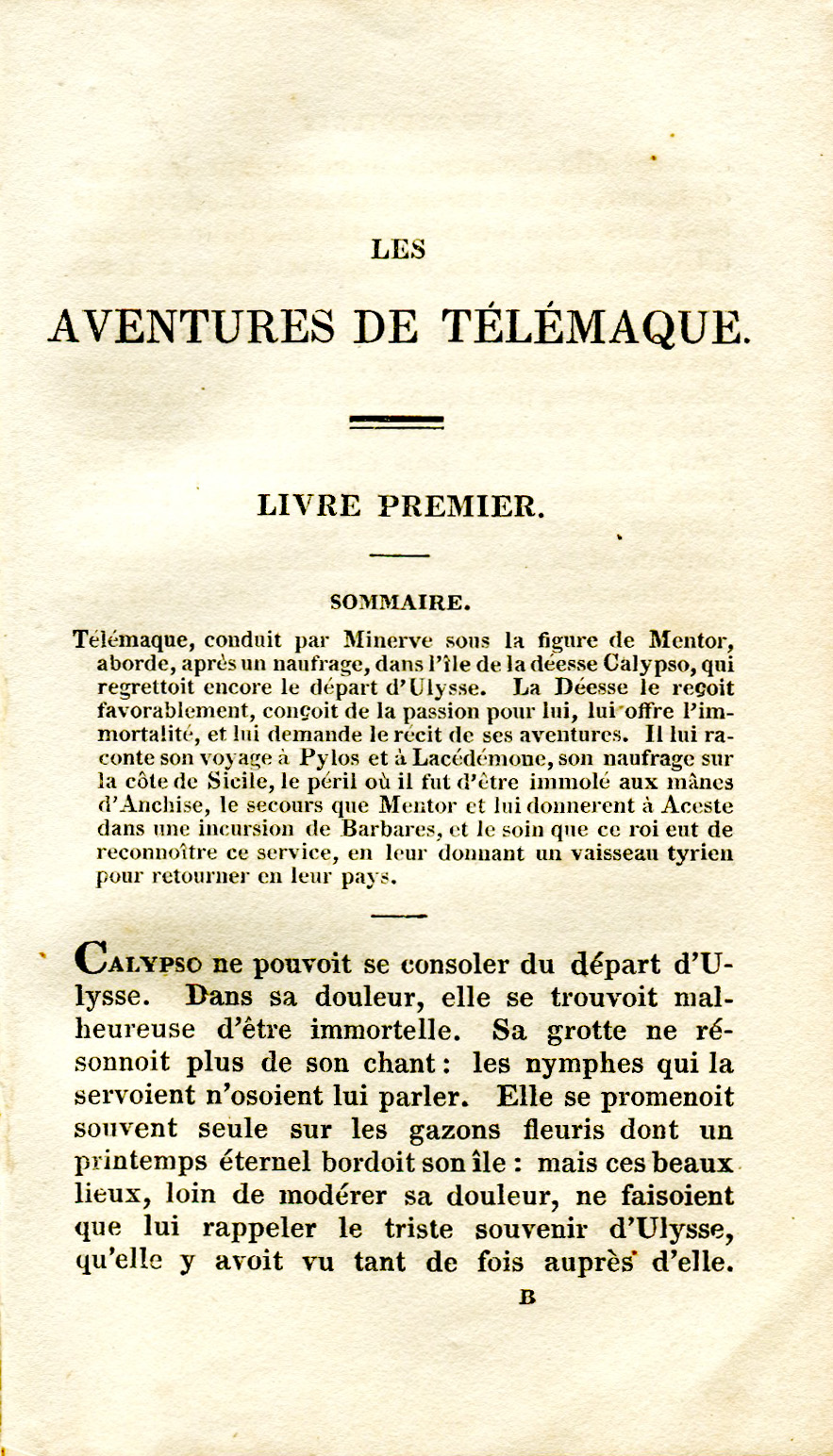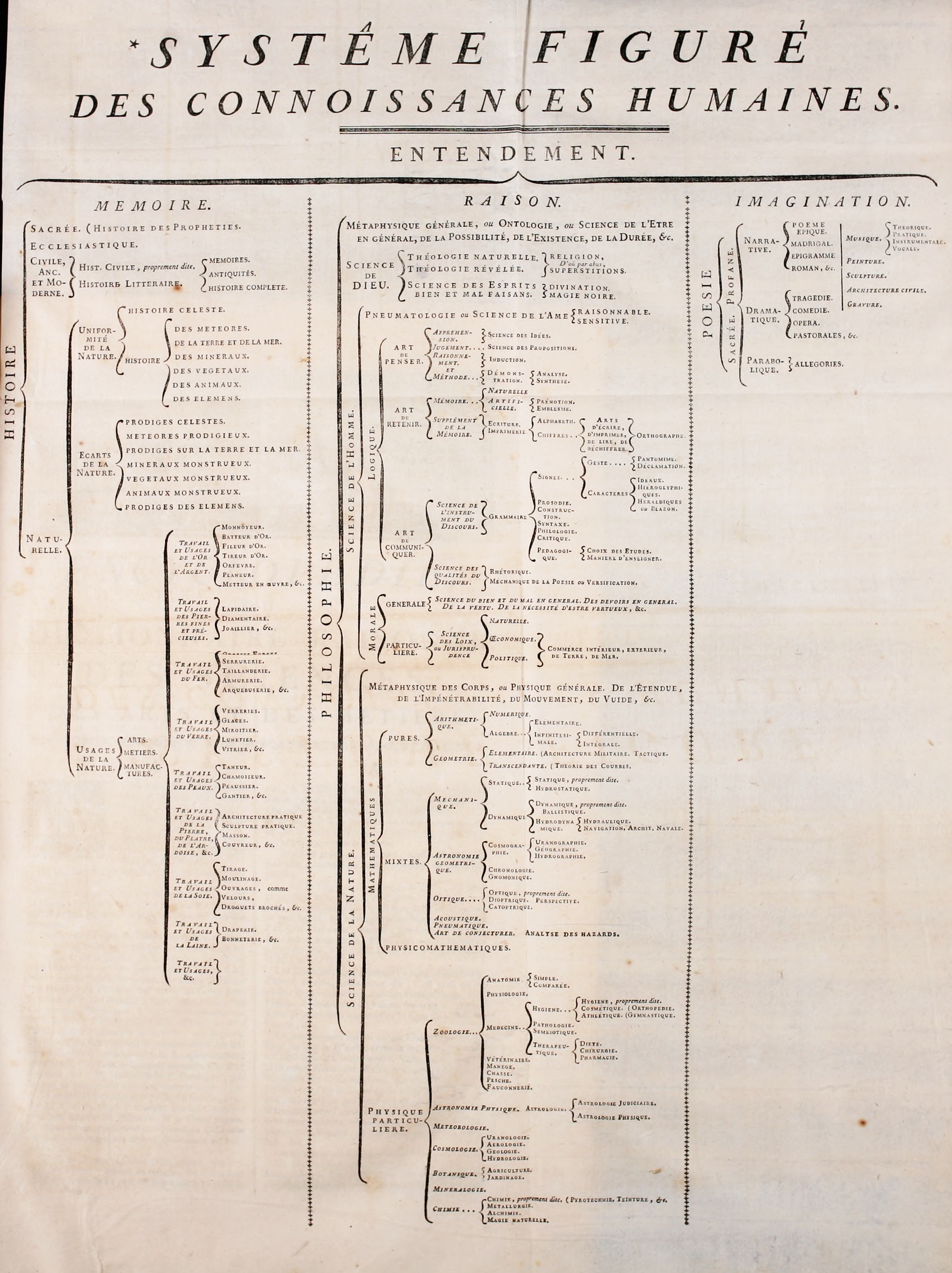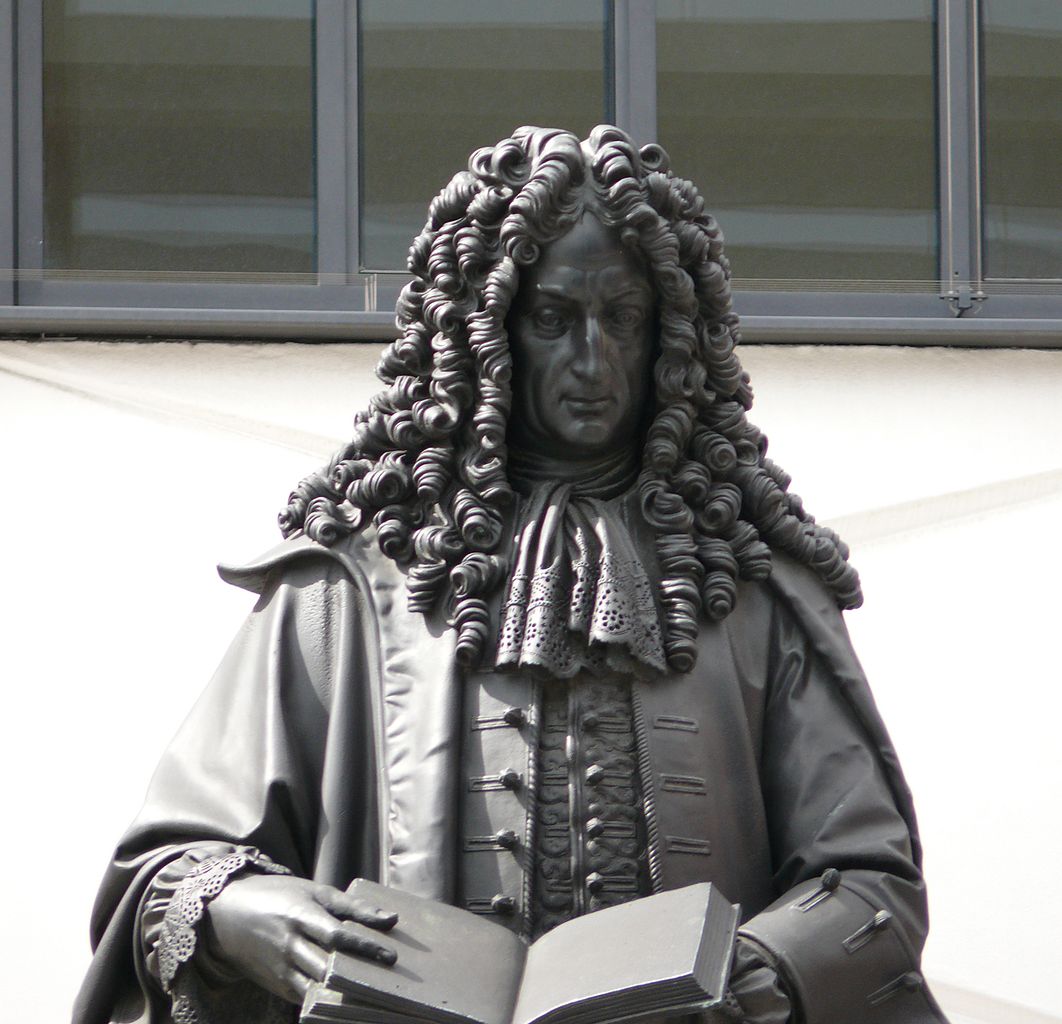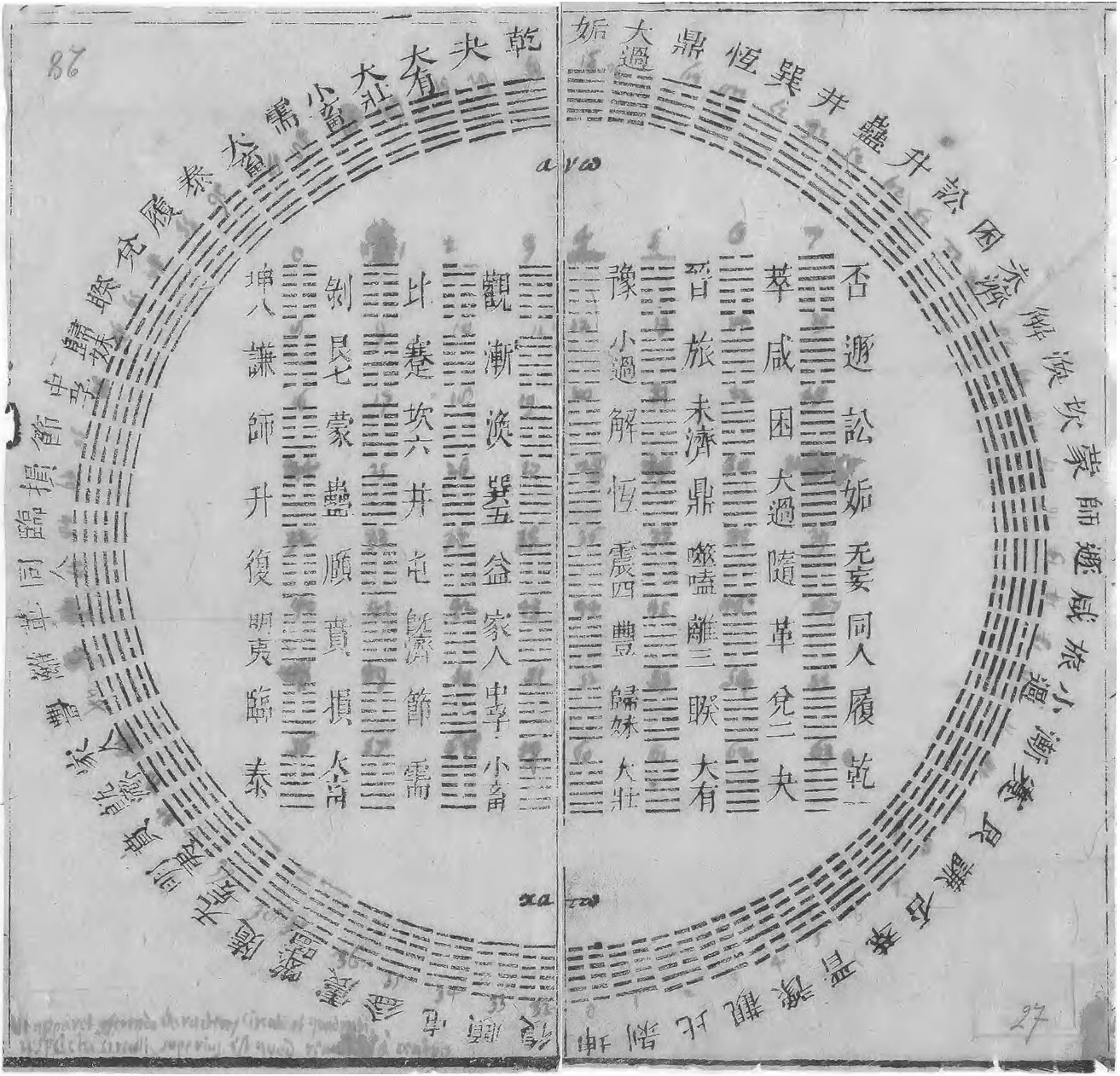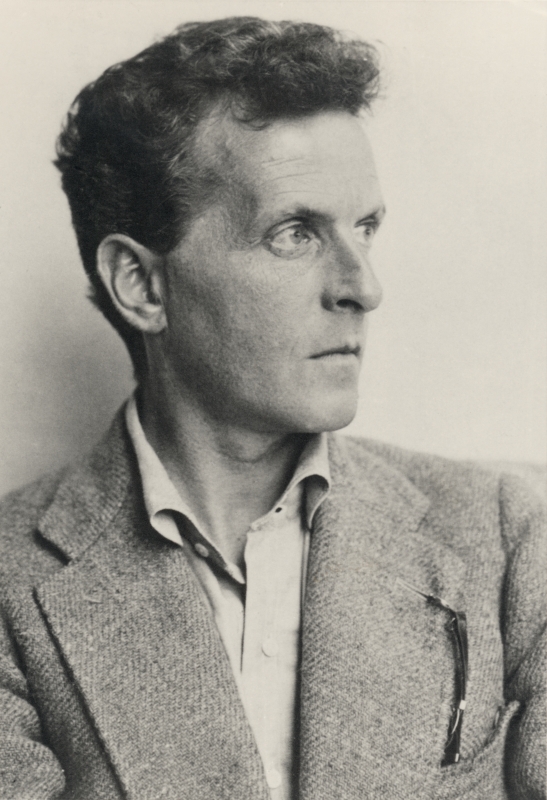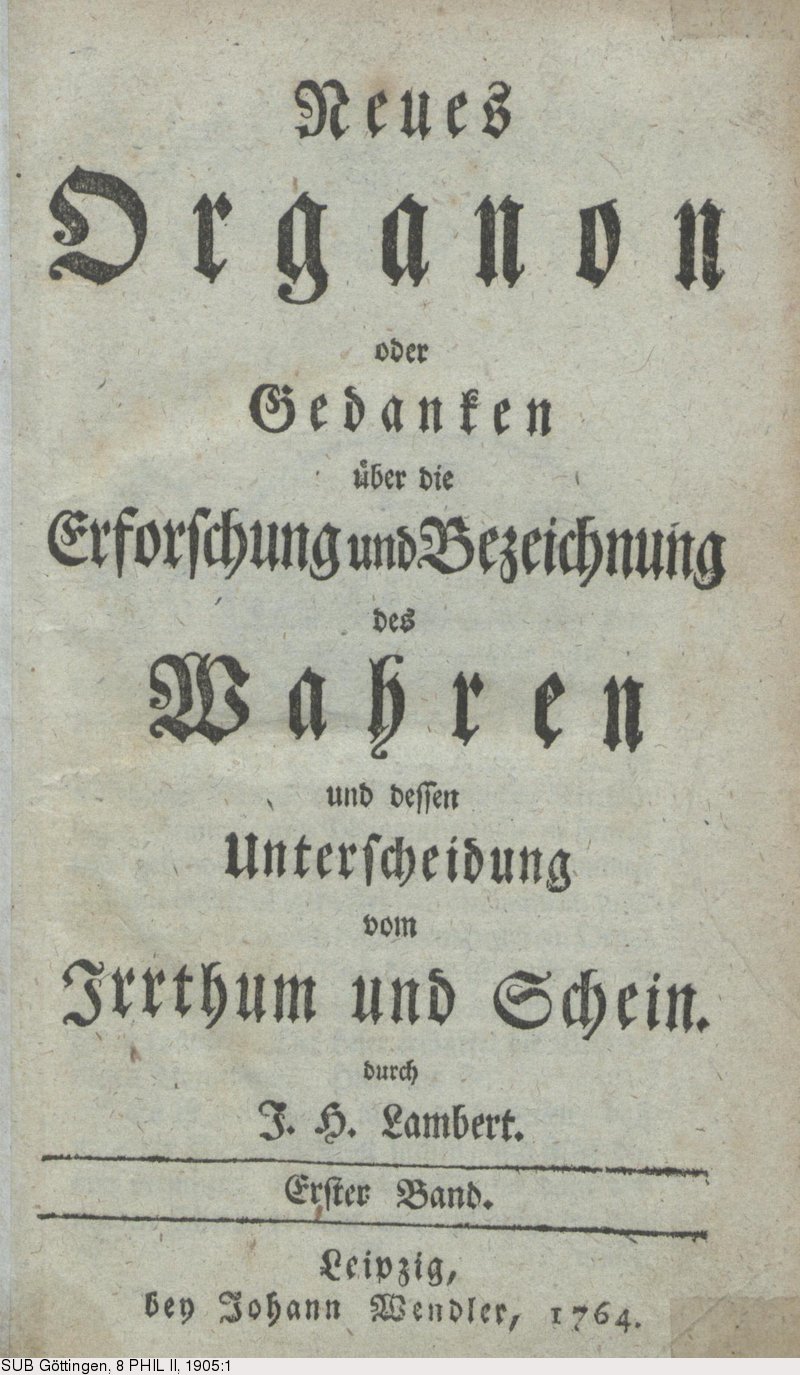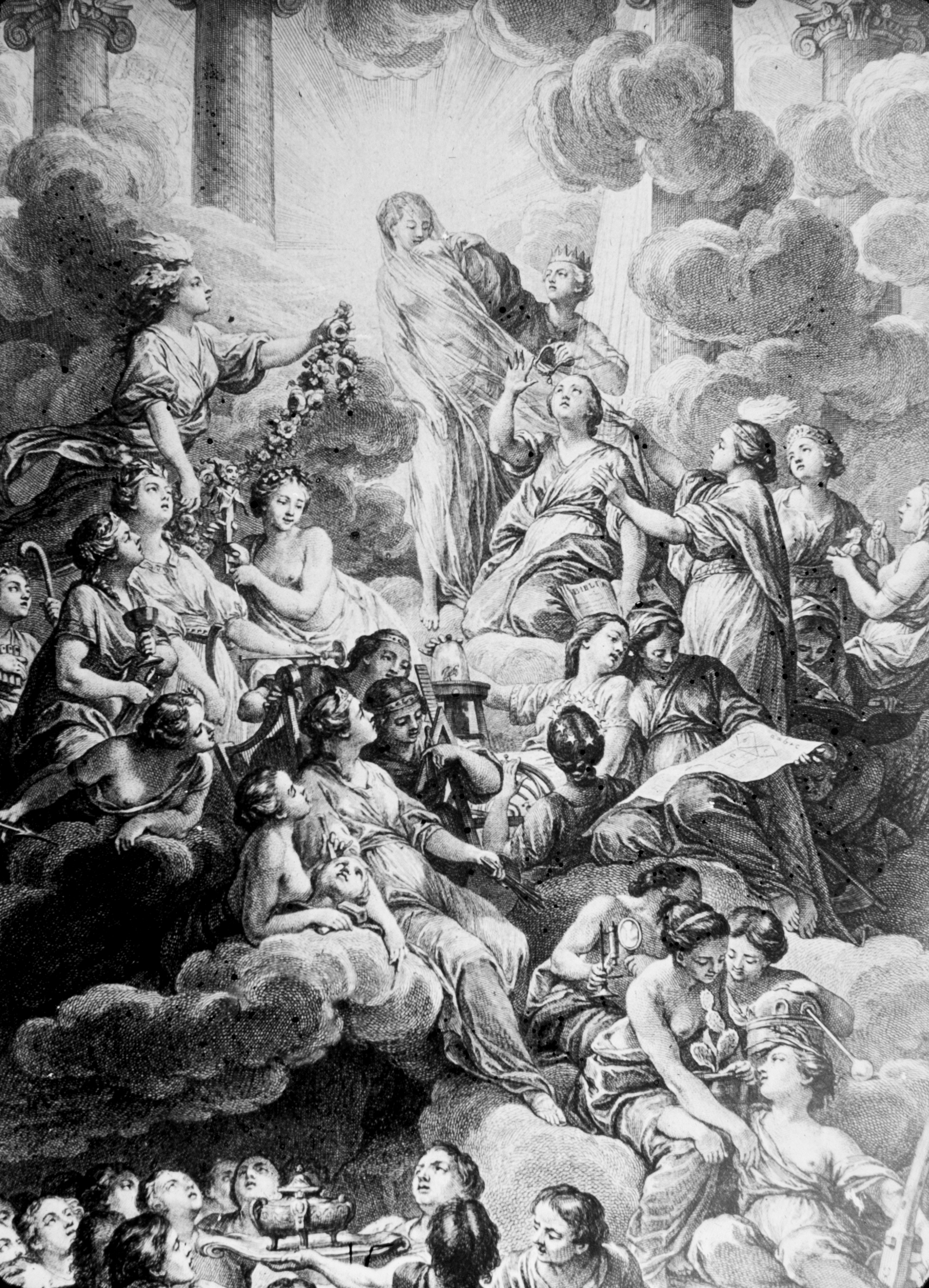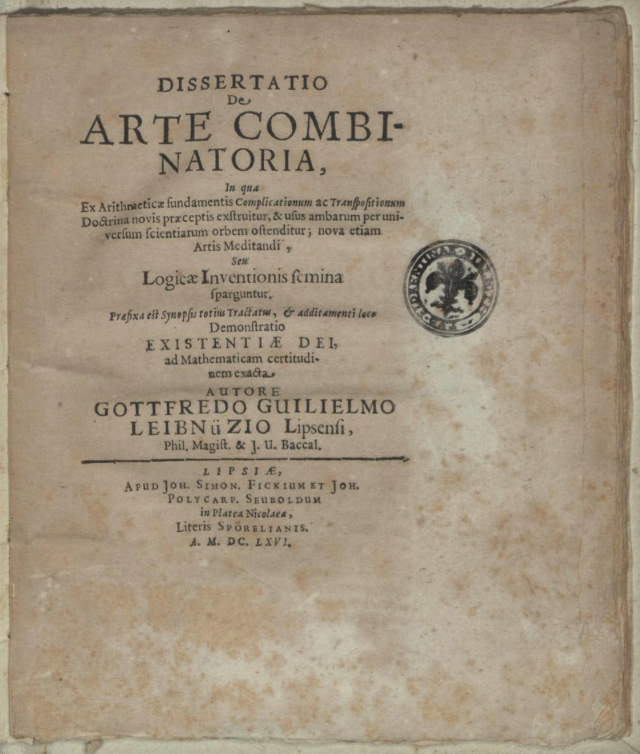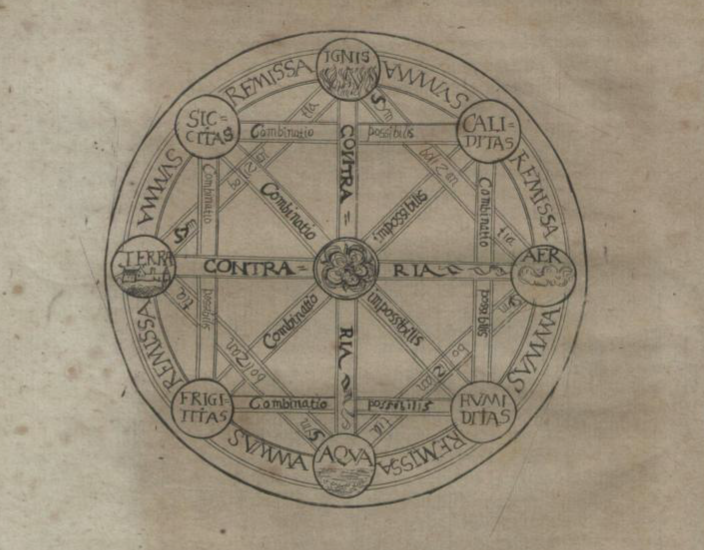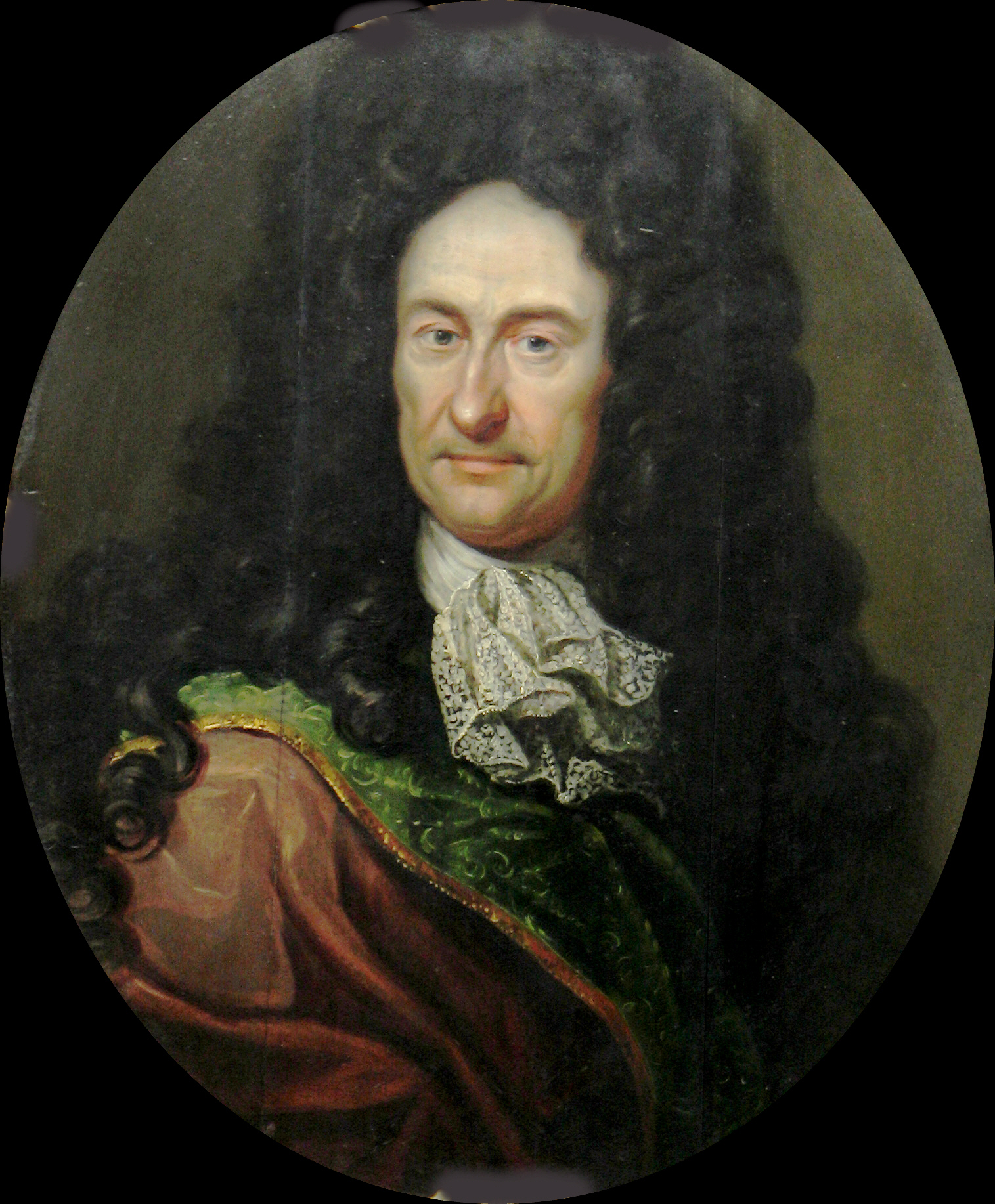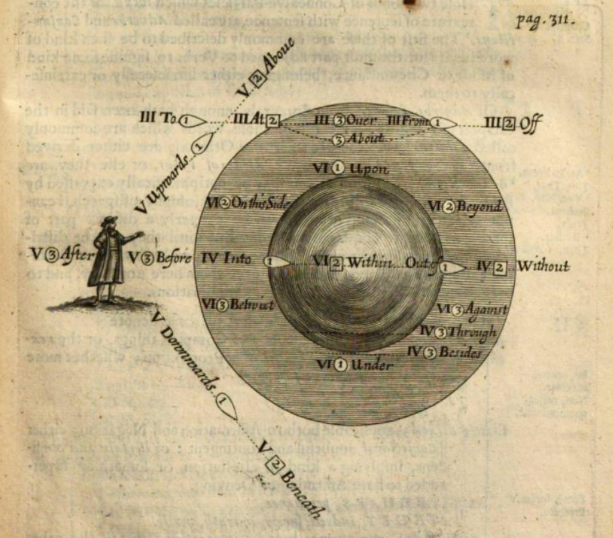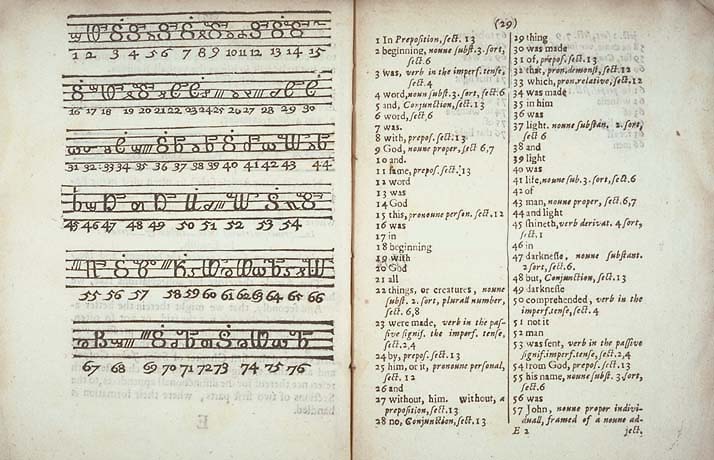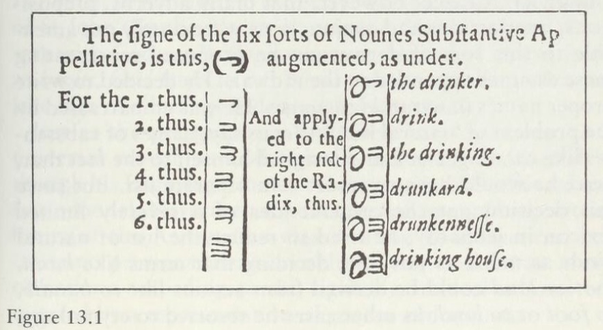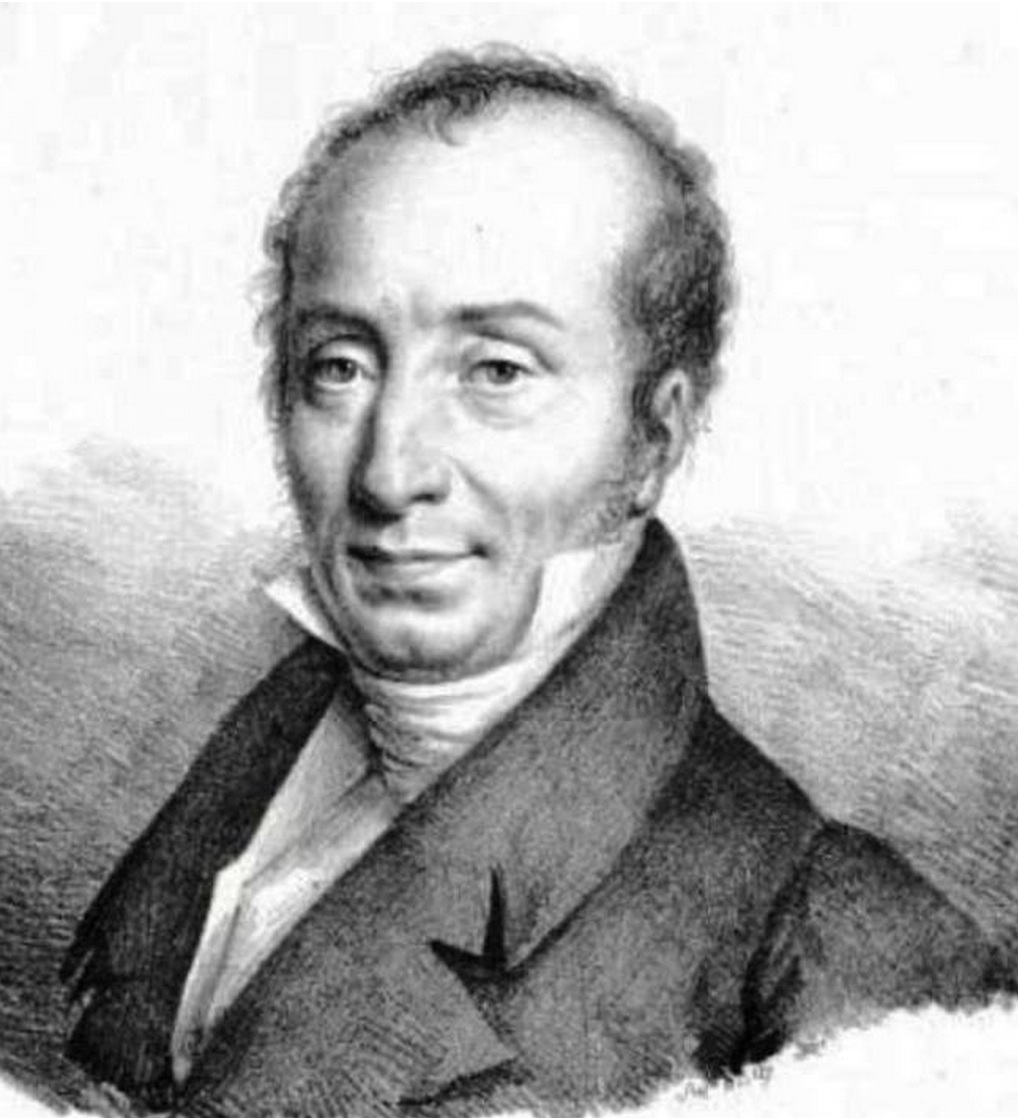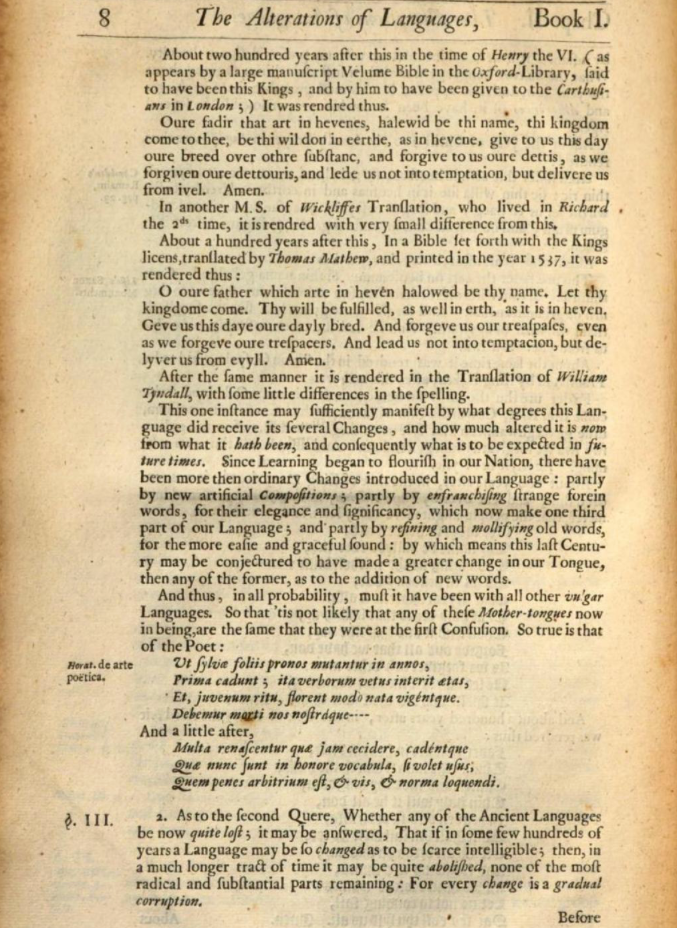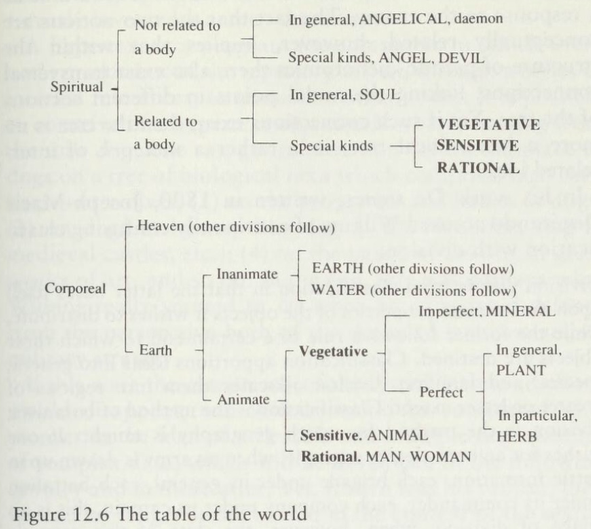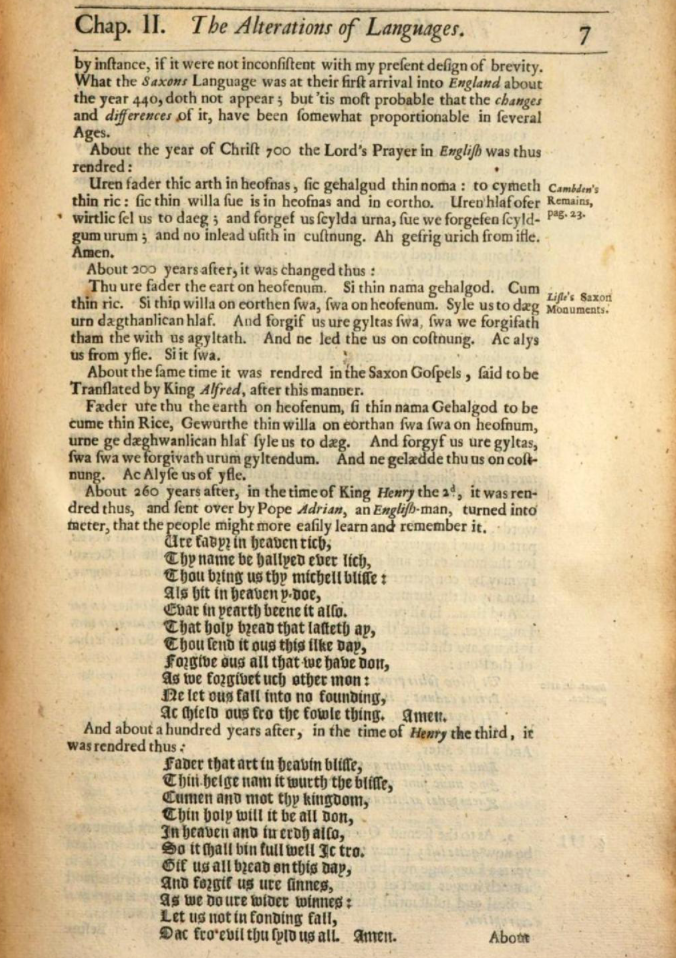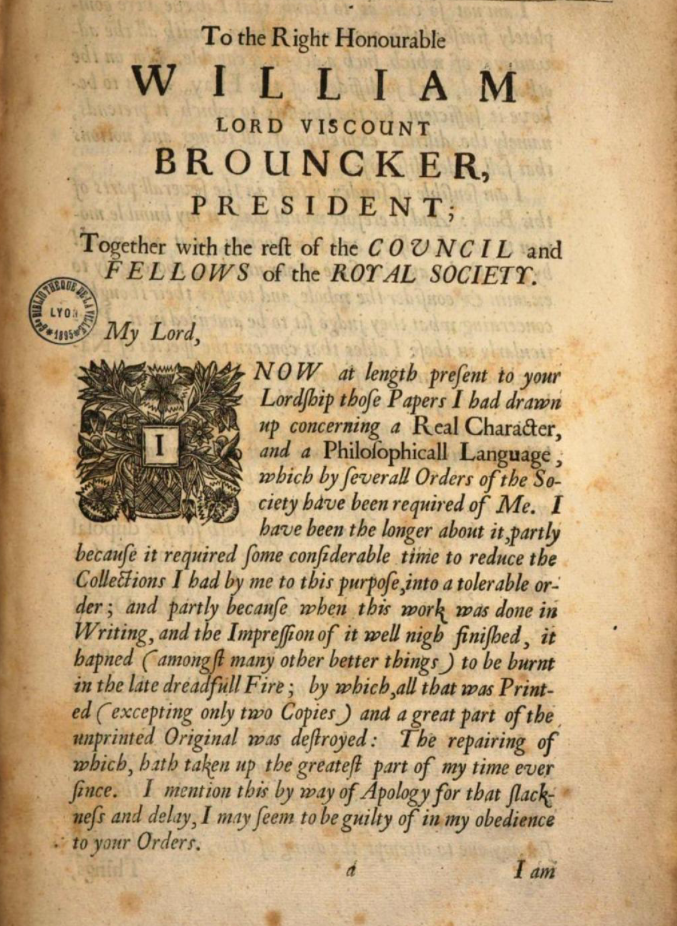Sleep as a gateway to absolute consciousness
The Vedantic and Scientific View of Phenomenology
Aditya Batura
ABSTRACT
Throughout the ages, humans, being sentient ourselves, have exhibited an insatiable desire to elucidate and establish the precise definition of consciousness. In the Advaita Vedanta, Adi Shankaracharya, postulated the existence of different states of consciousness. Due to the intangible nature of the hypothesis, in his time, scholarly discourses attempting to prove or disprove said hypothesis were highly speculative, philosophical–even bordering on fantasy. By incorporating elements of modern science, such as neurology and psychology, this paper will attempt to empirically prove the existence of altered states of consciousness.
Introduction
In the Advaita Vedanta, Shankara posits that the body experiences three states of consciousness–that of waking, dreaming and dreamless sleep. (Nikhilananda, 1952). These states are separate from the atman, also known as the self. The three states of physical consciousness are used to establish the existence of turiya (transcendental consciousness).1
Shankara repeatedly says that the three states are asattva (unreal) while turiya is the grand reality, which can only be experienced once the subject has consciously experienced and mastered the three states of being. Therefore, knowledge gained from experiences in the waking state only offer part of the whole truth and on its own will never be enough for one to gain the knowledge of the ultimate truth. (Fort, 1980).
The belief that sleep brings us closer to the absolute truth is firmly rooted in the monistic metaphysical nature of the teaching of the Advaita Vedanta. According to Shankaracharya, in the waking state, the self is misled by the ego to believe that it is separate from the absolute, the creator. This obfuscation brings about the whole idea of duality and the conceptualization of the subject-object dualist state of mind upon which we base our reality.
In the sleeping state, however, the body exists without any conditions. “Sleeping, it desires nothing at all” (Tibaut, 1890). The dream state provides an opportunity for the self to eliminate said obfuscation and break out of the state of avidya (ignorance).
“Avidya conceals the svaprakasa nature of Brahman from the individual as a small bit of cloud can obscure the sun from an observer.”.2
(Kaplan, 2007)
As the body progressively goes into a deeper sleep, it enters into a dreamless sleep state, where, according to the Advaita Vedanta, the dissolution of duality takes place because no specific object is known to the ego in deep sleep (Sharma, 2001).3
In fact, from a Vedantic perspective, the ego is said not to even exist in deep dreamless sleep. In this state, where there is absence of duality, it becomes possible for us to exist through the true inner essence. The atman can then attain svayamjyotistva (self-luminosity) whilst in the waking state, the self-luminous atman is suppressed in the ego.
________________________________________
1 The Mandukya Upanishad establishes the existence of turiya, the transcendental consciousness by subdividing our consciousness into four stages, each of them deeper than the previous. These four levels of introspective and esoteric experiences lead one to pure consciousness. This is further developed in the Vedanta and understood as the non-dualistic, ultimate reality. Here, consciousness can illuminate the act of understanding. Paradoxically, the reason it is incomprehensible to the layperson is because we have yet to experience consciousness in its entirety.
2 It is this delusion, which brings about the fundamental misunderstanding of the nature of reality. Avidya causes Brahman, which is intrinsically formless and nirguna (attributeless), visible to all of us as the material world and its objects.
3 Scientifically, deep sleep here refers to Short Wave Sleep (SWS), a state in which we experience dreamless sleep. Shankara also posits the existence of this state where, according to him, the ego dissipates and we have an increased consciousness.
The Dream State
The Delusion of Illusion
How can illusory experiences such as dreams affect consciousness in the waking state? In the Advaita Vedanta, Shankara says that unreal or illusory experiences can bring about bona fide effects. “Because as a matter of fact, we do see real effects to result from unreal causes” (Tibault, 1890). Shankara also goes on to say:
“This doctrine of the individual self, having its Self in Brahman, if once accepted as the doctrine of the Veda, does away with the independent existence of the individual self, just as the idea of the rope does away with the idea of the snake (for which the rope has been mistaken).”
(Tibault, 1890)
In the snake and rope illusion, the subject perceives the snake as being real and subsequently, displays a real reaction accordingly, such as being frightened or calling for help because the subject believes that “this is a snake.” Eventually, when the subject becomes aware of the truth, he discards the previous notions of fear and realigns his emotions and feelings to his new perception. (Fort, 1985).
Although for a waking person, the dream is always a memory and is something that happened in the past; for the dreamer, however, the dream occurs in the present moment–in the here and the now. The dream experience, for the dreamer, is as real as that of waking experience. In a dream, one is able to interact, converse and experience external stimuli as a direct result of such interactions.
Moreover, modern science proves that dreams involve all five senses and can also cause a physical change in the body such as an accelerated heart rate, adrenaline release, perspiration and even muscle contractions.
“This is characterized by increased heart, respiratory rate and increased cerebral activity, expressed as dreams. In order not to act out of our dream, while we are sleeping, we experience a certain amount of muscular paralysis.”
(Harinarayan, 2014).
Due to this seemingly physical and “real” experience of dreams, the body perceives illusory dreams as real. Therefore, the dreamer indeed portrays real, observable reactions to mere illusory dreams.
In a 2004 study conducted by the University of Wales, it was found that an increase in the frequency of nightmares a person experiences directly affects their state of mind while they are awake.
“We conclude that low well-being is associated with a greater frequency of unpleasant dreams… confounds correlations between nightmare frequency and well-being, which suggests an attributional component to the estimation of nightmare frequency.”
(Blagrove, Farmer, Williams, 2004).
There are observable changes in our behavior as a direct result of the dreams we experience, the most trivial of which is being awakened by a bad dream.
In addition to this, our emotional well-being too, is affected by dreams we experience. Emotional stress directly affects our perception of events and personal experiences (Hobson, Pace-Schott, 2002), which in turn, affects our consciousness. Therefore we can indeed say that experiences in the dream state do affect our waking consciousness.
Dreams: Non-physical, yet real
It is argued that the dream is a private and illusory experience where we interact with ideas, which are figments of our imagination; whereas the waking experience is a public one with empirical and tangible feedbacks based upon interactions with objects.
In the Advaita teachings, the argument for the differentiation between objects and ideas does not hold. Despite dreams being mere ideas, the conceptions of said ideas are processed by the senses as though they are real. The ultimate truth, according to the Vedanta, is that all that is perceived by the senses are merely ideas, as all objective reality will collapse upon reasoning to mere ideas. (Nikhilananda, 1952).
As such, these ideas are no different from the ideas we perceive in our dreams. What this means is that all objects exist as a result of thoughts.4 Our thoughts create what we perceive to be real–be it in a dream or an awakened state.
Moreover, Shankara uses this false consciousness of the entire dream experience to disprove that the doctrine of the body is the true self. Through this, he argues that the physical experiences alone cannot expand our consciousness to the point of turiya, because the body is not necessarily required for one to have experiences involving perception and consciousness.
“Nor is it even true that the body is absolutely required as an auxiliary of perception; for in the state of dream we have manifold perceptions while the body lies motionless–the body is not required.”
(Tibaut, 1890).
Lucid Dreams & Brainwaves: A gateway to the subconscious mind
Another problem we tackle is that in the sleeping state, while the subject is asleep, the subject itself is not aware that it is asleep. We cannot even tell ourselves, let alone others, that we are asleep. Known to Shankara as the “Visesa-Vijaina-Abhava” (Tibault, 1890), yet we experience the dream as though it were a real experience, complete with observable, physical responses. We are, hence, led to conclude that the ego cannot distinguish between what is real and what is illusory. Then, how can one tell when one is awake and asleep?
____________________________________
4 This does not mean that Shankara did not believe in an external reality. It is our interpretation of objects, which is unreal. Every object of observation is subject to modification, which makes it temporary; and no temporary entity can be real. If one can observe the eternal essence underlying all entities (living and non-living), one can internalize and experience reality.
Interestingly enough, modern science too, attempts this question.
“What more specifically constitutes the threat to our rationality? Is it the arbitrariness in taking myself to be awake? When awake we automatically take ourselves to be awake, rather than dreaming an internally indistinguishable dream. Can that be rational, when nothing in the content of our conscious states would seem to reveal that difference?”
(Sosa, 2005).
So then, how can dreams make us more conscious? There is a very strong alignment of modern science and the Vedanta here as they provide a similar answer to this. From a scientific perspective, it is believed in the dream state we have a pure, unadulterated access to the subconscious mind.
However, in order to discuss the states of human consciousness from a scientific perspective, it is necessary to examine the characteristics of the various brainwaves. Studies conducted by the sleep medical center at Stanford using polysomnography EEG (amongst other respected institutions), have shown that the brain produces four different types of waves–namely alpha, beta, theta and delta.
These four waves not only correspond to different levels of brain activity, they also result in a different level of awareness (Hobson, Pace-Schott, 2002)5, or rather, caitannya.
The study found that in the waking state, the mind mostly produces beta brainwaves, which occur between 14-30Hz. These waves are related to cognition, decision-making and analytical tasks which require us to be alert. (Grainger, 2009).
However, in a relaxed state or light sleep, the brain starts producing alpha waves (8-14Hz). Alpha waves can enable one to bridge the gap between one’s consciousness and one’s subconscious. These waves bring about a detached awareness.
“It becomes easier to hear our own inner voice and our thoughts are not bound by the ego.”
(Wise, 1997).
Alpha waves cannot be achieved in the waking state where we are exposed to a vast amount of stimuli as they only occur in the absence of excessive external stimuli. Alpha waves allow one to sieve through the incoming mental stimuli to form a clearer perception of things.
From light sleep, as the body enters deep sleep, it enters what is known as the rapid eye movement (REM) sleep. REM sleep is where we have dreams, due to which, the heart rate accelerates and from a relaxed state, we show observable physical stress. (Harinarayan, 2014).
Here, the brain produces theta brainwaves, which connect us to the subconscious mind. The subconscious mind is not something science understands thoroughly but it is widely accepted as the repository of all sensory perception, which the subconscious understands and stores although the conscious mind may not.
Case studies done on victims of post-traumatic stress disorders do show that the subjects were able to remember much more of their plight than they consciously believed (Duffy, Gillespie, Clark, MacDonald, 2007).
_____________________________________
5 Awareness, in this context, is not only the capacity of the human mind to process different sets of information under various circumstances, i.e. decision-making, quick-responsiveness, lateral thinking, innovation, exhibiting artistic finesse, etc. In this case, it also refers to our esoteric perception and how clearly we understand the essence of not just our own existence but also the world, which our perception has built around us based on the subject-object duality.
The untrained body is unable to harness the potential benefits of being in direct contact with the subconscious. One can, however, master control over one’s dreams to discern when one is dreaming. Although, to the dreamer, the dream is real, it becomes possible to distinguish illusion from reality when one experiences a lucid or conscious dream–an experience where one sees an illusory object in a dream and knows it to be unreal, allowing one to make the assertion between real and illusion in the dream state itself (Fort, 1980).
In a lucid dream, the dreamer can become consciously aware of the consciousness (Hagood, 2006). Conscious dreaming is known to be the tool with which one can explore and understand the rather arcane subconscious.6 (Mille, 2010). A parallel can be drawn here to the advocating of yoga nidra (sleep meditation) in the Advaita School of Philosophy. Yoga nidra ultimately teaches one to control the dream state in order to expand one’s consciousness.
“In Yoga nidra, we gain understanding of the Sankhya, then Patanjali, then Advaita, and finally unqualified non-dualism.”
(Wagonner, 2008).
Through the practice of yoga nidra, one gets to experience the true self in the absence of the ego. There exist many other similar sleep meditation practices in Buddhism. This is when one understands that,
“…this is a false notion; for when we understand that everything is Not Two (Advaita), we realize that there is no separate ego-I, or doer who is responsible for doing any practice.”
(Miller, 2010).
Through this experience, akin to the rope-snake illusion, one can realize that what was once thought to be real was in fact an illusion–except that this is done in the sleep or dreaming state.
Dreams, therefore, allow us an avenue to assert and subsequently rule out what is illusory, bringing us closer to the ultimate truth–the eradication of duality. This can only be achieved with a clearer perception and a purer consciousness–a state where the body is able to harmonize desire and objective perception and witness the two come together (Nikhilananda, 1952).
In the Advaita, this state is known as witness consciousness or saksin–a form of the self, limited by the ego.
“The three factors–the knower, the known, and the knowledge, which are involved in mental operation, are revealed by the witness-consciousness (saksin) during self-reflection.”
(Sheeja, 2014).
Saksin illuminates that which is known and makes knowledge possible.7 Saksin allows for consciousness to exist without any content. The saksin is overridden by the ego or the sense of “I” in the awakened state.
Saksin opens the gates for one to reach turiya. Therefore, for one to expand one’s consciousness, one cannot limit oneself to just the awakened state. This is perhaps why dreams are said to be able to increase our consciousness.
__________________________________
6 In a lucid dream, the dreamer has the opportunity to actively control his/her dreams. There is an increased amount of beta brainwaves, in addition to the alpha and theta activity. This causes the lucid dreamer to be in an interesting state of consciousness–somewhere in between consciousness and subconsciousness.
7 Saksin is known as the witness of all activity of the cognitive instruments. It is not knowable until one attains turiya as it is the element of awareness. This means that our consciousness is not conscious until we esoterically increase it. In Advaita, the concept of Saksin is the most important feature, which makes consciousness possible. It is consciousness passively observing different states of consciousness, which we experience.
8 It is of course argued that death is the point of physical cessation and not cessation of consciousness, but that is beyond the scope of this paper’s discussion. For simplicity’s sake, any mention of death will assume a cessation of consciousness.
Susupta: The Dreamless State
Absence of Consciousness?
In our dreams, we are conscious through our ego. This means we will have desires which manifest in our dreams (Kaplan, 2007). In fact, we can express those desires, which are most intimate to us, which cannot be expressed in the waking state through dreams.
“No dream-action can be imagined whose first beginnings have not in some shape already passed through the mind during our waking hours, in the form of wish, desire, or impulse.”
(Freud, 2010).
Ultimately, dreams are caused by avidya–the cause of the obfuscation of our consciousness. Though dreams can evoke the saksin, they alone, cannot unite us with turiya. (Fort, 1980).
As the body delves into a deeper sleep, it enters into a dreamless sleep state, Susupta. Here, according to the Brhadāraņyaka Upanishad, one is said to be “without desires or dreams, and that in deep sleep, one is embraced by the fully conscious self.” (Krishnanada, 1983).
In this state the body experiences samprasada (serene rest). Shankara adds that the “samprasada form of the Jiva (life embodiment) is the highest self” (Fort, 1980).
Susupta is therefore, the absence of consciousness, thoughts, emotions and perception in a dreamless state of sleep–a view that is shared by modern science–“A more apt description would be that dreamless sleep is the absence of any and every experiential content” (Anton, 2006). Through this, the subject is given an opportunity to experience a purer state of consciousness.
The view that consciousness is disengaged during dreamless sleep presents a few flaws. By this logic, in dreamless sleep we are devoid of consciousness. There is only one other state in which consciousness is known to cease, and that is at the point of physical cessation (death).8
We can, then, think of ourselves as mentally dead for a few hours every night and miraculously revived at dawn. In addition to this miraculous resurrection, it is a wonder that we manage to wake up with the same state of mind. The ability to do so is attributed to human memory, which modern science explains functions similarly to the hardware or hard disk drive of a computer (Estes, 1980).
Although not as reliable and long lasting, human memory, just like computer memory, can be retrieved unaltered and unscathed even when the computer is unplugged from its power source (cessation of consciousness). The contents of the memory remain within the hard disk (the brain) and can be retrieved at the next boot up of the machine.
Although Shankara was a proponent of the existence of the dreamless sleep state, he shunned the theory of a cessation of consciousness because “the existence of the self necessarily involves its being conscious” (Sharma, 2001).
Moreover, Shankara stated that during dreamless sleep, the body detaches itself from the self, as the self remains conscious whereas the body does not. “During sleep the self rests in itself and stays in complete and splendid isolation” (Tibaut, 1890).
As such, we are regarding the self and the body as two separate entities. It may seem here that Shankara is contradicting himself by affirming that the body can, contrary to Vedantic belief, exist without the self because the body detaches from the self in deep sleep.
We must first understand that the Advaita Vedanta regards the self and body as an intricately entwined system, which is, though seemingly amalgamate, ultimately separate. Each is an intricate juxtaposition of the self and the body (Nikhilananda, 1952) with a complex co-existential relationship.
According to the Vedanta, despite the presence of ideas, the “I” does not exist in susupta (Sharma, 2001). The ideas have to exist or else we would not be able to wake up with the same frame of mind, which we went to bed with (Fort, 1980). The ideas allow us to hold on to our “idea” or sense of self when we wake up.
This means, that there exist ideas in the absence of the ego or “I.” Therefore, in deep sleep, the mind is in its purest form. This pure perception is known as prajna in the Advaita teaching.9 Saksin, the witness consciousness, can transcend the three states of being.
In the dreamless sleep state, after the dissolution of “I,” the saksin prevails and it is here where ideas are able to be cognized in the absence of the ego (Nikhilananda, 1952). Through this, the Vedanta proves the possibility for conscious experiences even in the absence of the physical body.
The self is able to experience prajna, which is witnessed and cognized by the saksin. Though the saksin is aware of this pure consciousness, it is obscured by the ego in the waking state, rendering us incapable of remembering our samprasada experiences in our waking state (Sharma, 2001).
Waking up from sleep and understanding that there was an absence of knowing, a cessation of consciousness, or knowing that “I knew nothing” does not translate to a suspension of awareness but rather a knowing of not knowing. In the dreamless sleep state the senses remain in abeyance. It is the physical self, admitting to the lack of knowledge or understanding.
At the most basic levels of cognition, the knowledge of the absence of knowledge of a certain thing is considered as the beginning of the cessation of avidya (Fort, 1980). The knowledge of the absence of a certain object can only occur once the subject has already acquired knowledge of it. It is only then that the subject can identify when said object is absent.
Essentially, acknowledging not knowing something is the first step towards knowledge.
Consciousness through unconsciousness
When the body enters slow wave sleep (SWS) the brain produces delta waves (0.5-4Hz) which are known to occur “at deep dreamless sleep, or a restorative trance-like state of deep meditation” (Harinarayan, 2014). SWS is known to be a restorative state for the brain where the body, in addition to experiencing dreamless sleep, experiences the unconscious mind in its entirety. (Maret, Franken, Dauvilliers, Ghyselinck, Chamon, Tafti, 2005). In the delta state, we have a loss of body awareness, and experience the release of human growth hormone. This is where we have access to the unconscious. (Cornett-Murtda, 2009).
The Delta brainwave is linked to the unconscious part of the brain, which is known to be a repository of socially unaccepted thoughts and desires, along with skills which have become second nature to us (Wise, 1997). According to Sigmund Freud, the unconscious mind has a will and purpose of its own, which will never be known to the conscious mind. (Freud, 1900).
Yet the unconscious directly affects our conscious mind’s behavior and awareness by holding on to suppressed thoughts, ideas and emotions. In fact, the entire school of study of psychoanalysis is dedicated to understanding the psychological and pathological effects of the unconscious on the conscious mind. Psychoanalytical studies have determined that human behavior is rather volatile and this volatility is brought about when the unconscious begins to increasingly override the conscious (Csordas, 2012).
Freud, with his famous tripartite model of the human mind, understood the human mind as a complex and dynamic energy system with three main partitions–the id, the ego, and the super-ego. Freud believed that the id was permanently controlled by the unconscious mind (Brook, 2002).
Interestingly, this theory was the basis of the development of neurosis–a field of study similar to psychoanalysis, except studies are oriented more towards brain activity, synapses and signaling rather than empirical examination. Such radical developments in science have enabled an undeniable co-relation between psychoanalysis and phenomenology to be formed.
Neuroscience goes a step further and posits that the unconscious affects our every waking moment. “Unconscious impulses and desires impel what we think and do in ways Freud never dreamed of” (BARGH, 2014). Science here seems to be conjunct with the Vedantic view: we cannot expand our consciousness and gain esoteric wisdom by limiting ourselves to the waking state.
Neurology has aided us to prove that sleep does indeed alter our levels of consciousness and even expands it. (Hobson, Pace-Schott, 2002). Shankara’s three states of consciousness; the waking, dream and dreamless, are paralleled by neurology/psychology’s very own three states–conscious, subconscious and unconscious. Our awareness, perception or state of mind is the combined result of the different states of consciousness we experience.
Conclusion
According to Shankara, in susupta, there are no objects which can be known, because of the absence of the subject. Thus, in this state takes place the objectless and desire-less perception. It is because of this elimination of desire and duality that we are unable to remember this divine experience upon waking. “The self is not aware due to the absence of objects, not due to lack of consciousness” (Fort, 1980). To the untrained or unconditioned self, the state in which there is an absence of the subject-object duality is incomprehensible.
Due to this incapability to comprehend the absence of objects, the subject is unable to retain memory of the experience upon waking. Once a body has consciously experienced the three states, saksin will present itself in all three states of being and one will be able to access its contents and knowledge of the three states (Sheeja, 2014). This primarily brings about dissolution of duality, through which, it is then made possible to comprehend turiya in the waking state.
Shankara believed in a form of seeing which goes beyond the organs or perception. Due to avidya, we use the inconstant and delusional mind and organs to perceive particularized knowledge (visesa-vijnana). Instead, using the self-luminous and avinashi (eternal) vessel of the self brings one closer to absolute consciousness.
Shankara asserts that caitanya is not some externally seen thing, but seeing is itself pure consciousness (Fort, 1980). The self in a state of dreamlessness is in prajna but Shankara says that the self needs to internalize the embodiment of prajna (seeing that goes beyond perception) in order to comprehend and consciously experience susupta. Due to this inability, we experience a “fall from grace” on a daily (or nightly) basis, from samprasada, to samsara–vyayahara (worldly behavior and perception).
Ultimately, science and Shankara seem to share a goal of attaining the state of transcendental, pure consciousness, known to Shankara as turiya and known to science as superconsciousness. Scientifically, the state of superconsciousness is one that transcends, or rather, a juxtaposition of all three states of being–the conscious, subconscious and the unconscious.
An apt way of understanding the two seemingly parallel ideas would be to look at superconsciousness from a contemporary Vedantic perspective. Superconsciousness is called so because it is beyond the categories of our empirical knowledge and beyond all the terms of sense perception. This superconscious state is the attainment of the awareness of the Eternal (Ankhilananda, 1959).
It is a state in which our perception of the universe ceases to attach to each body its usual physical attributes (Sciaky, 1934)–which also happens to be the exact reason Shankara states why the body is unable to consciously perceive the dissolution of duality in a dreamless sleep state.
It is why the body “remembers nothing” upon waking from samprasada. When we realize the sheer insufficiency of the perception of our universe from a purely conscious, dualistic, subject-object relationship, we will begin our journey towards superconsciousness (turiya).
Bibliography
BLAGROVE, M., FARMER, L., & WILLIAMS, E. (2004). The relationship of nightmare frequency and nightmare distress to well‐being. Swansea, UK: University of Wales. Journal of Sleep Research Volume 13, Issue 2, pages 129– 136.
GIRISHWAR, MISHRA (2010). Psychology in India Volume IV: Theoretical and Methodological Developments (ICSSR Survey of Advances in Research). India: Pearson.
SHEEJA, O.K. (2014). Idealist Theory of Consciousness: a Fragment of Saksin Phenomenology. Kerala, India: Department of Philosophy, University of Calicut
WAGGONER, R (2008). Lucid Dreaming: Gateway to the Inner Self. Weiser
TODMAN D. (2007). A History of Sleep Medicine. The Internet Journal of Neurology. Volume 9 Number 2.
WISE, A. (1997). The High‐performance Mind: Mastering Brainwaves for Insight, Healing, and Creativity. Putnam.
HOBSON, J., A., PACE‐SCHOTT, E. F. (2002) The cognitive neuroscience of sleep: neuronal systems, consciousness and learning. Nature Reviews Neuroscience 3, pages 679‐693.
MILLER, R. (2010) Yoga Nidra: A Meditative Practice for Deep Relaxation and Healing. Sounds True.
GRAINGER, P. (2009). Brain waves and Altered States of Consciousness. Energy Medicine Issue 165.
FREUD S. (2010). The Interpretation of Dreams. Basic Books.
KAPLAN, S. (2007) Vidyā and Avidyā: Simultaneous and Coterminous? : A Holographic Model to Illuminate the Advaita. Philosophy East and West, Vol. 57, No. 2, pp. 178‐203. Hawaii: University of Hawaii Press.
AMBEDKAR B.R., HARINARAYAN S. (2014). Sleep. International Journal of Medical Sciences, vol‐1 (1), pg. 8‐9. Dept. of Surgery, RMO.
SOSA, E. (2005). Dreams and Philosophy. Proceedings and Addresses of the American Philosophical Association, Vol. 79, No. 2, pp. 7. American Philosophical Association.
NIKHILANANDA, S. (1952). The Three States (Avasthātraya). Philosophy East and West, Vol. 2, No. 1, pp. 66‐75. Hawaii: University of Hawaii Press.
SHARMA, R. K. (2001). Dreamless Sleep and Some Related Philosophical Issues, Philosophy East and West, Vol. 51, No. 2, pg. 210‐231. Hawaii: University of Hawaii Press.
FORT, A., O. (1980). The Concept of Susupta in the Advaita Vedanta. Annals of the Bhandarkar Oriental Research Institute, Vol. 61, No. 1/4 pp. 221‐228. Bhandarkar Oriental Research Institute
ANTON, C. (2006). Dreamless Sleep and the Whole of Human Life: An Ontological Exposition. Human Studies, Vol. 29, No. 2, pp. 181‐202. Springer.
ESTES, W., K. (1980). Society: Is Human Memory Obsolete? Comparisons of computer memory with the picture of human memory emerging from psychological research suggests basic differences in modes of operation; with little likelihood that one can replace the other. American Scientist, Vol. 68, No. 1 pp. 62‐ 69. Sigma Xi, The Scientific Research Society.
FRANKEN, P., DUDLEY, C. A., ESTILL S. J., BARAKAT M., THOMSON R., O’HARA B. F., MCKNIGHT S. L. (2006). NPAS2 as a Transcriptional Regulator of Non‐Rapid Eye Movement Sleep: Genotype and Sex. Proceedings of the National Academy of Sciences of the United States of America, Vol. 103, No. 18, pp. 7118‐7123. National Academy of Sciences.
MARET S., FRANKEN P., DAUVILLIERS Y., GHYSELINCK N. B., CHAMBON P., TAFTI M. (2005). Retinoic Acid Signaling Affects Cortical Synchrony during Sleep. Science, New Series, Vol. 310, No. 5745, pp. 111‐113. American Association for the Advancement of Science.
CORNETT‐MURTDA V. (2009) From Beta to Theta: Human Consciousness, Hypnosis and Music Performance. College Music Symposium, Vol. 49/50 pg. 265‐ 270. College Music Society.
DUFFY M., GILLESPIE K., CLARK D. M., MACDONALD (2007). Post‐Traumatic Stress Disorder in the Context of Terrorism and Other Civil Conflict in Northern Ireland: Randomized Controlled Trial. BMJ: British Medical Journal, Vol. 334, No. 7604, pp. 1147‐1150.
SCIAKY M., (1934). Ecstasy: Essay on a Superconscious View of the External Universe. The American Scholar, Vol. 3, No. 1, pp. 12‐23. The Phi Beta Kappa Society.
AKHILANANDA S. (1959). Time and Eternity: The Vedantic Viewpoint. Journal of Bible and Religion, Vol. 27, No. 2, pp. 114‐117. Oxford University Press.
TIBAUT G. (1890) VEDÂNTA‐SÛTRAS With the Commentary by SAṄKARÂKÂRYA. Sacred Books of the East, Volume 34.
FORT, A. O. (1985). Dreaming in Advaita Vedānta. Philosophy East and West, Vol. 35, No. 4, pp. 377‐386. Hawaii: University of Hawaii Press.
HAGOOD L. (2006). Awakening to Dreams. Journal of Religion and Health, Vol. 45, No. 2, pp. 160‐170. Springer.
KRISHNANANDA S. (1983) Bṛhadāraṇyaka Upanishad. Rishikesh, India.
KOCH, C. (October 2008). How Unconscious Mechanisms Affect Thought. Scientific America Mind.
BARGH J. A. (January 2014). How Unconscious Thought and Perception Affect Our Every Waking Moment.
CSORDAS T. J. (March 2012) Psychoanalysis and Phenomenology, Vol. 40, No. 1, Dialogue 2012: Horizons of Experience: Reinvigorating Dialogue between Phenomenological and Psychoanalytic Anthropologies (pp. 54‐74). Ethos.
BROOK A. (2002). Kant and Freud. Carleton University.
===
This article illuminates a thesis that obsessed me over many years, prompting multiple articles, and finally—my book, Revelation: A Screed on Dreams and Worlds Without End.
This article is republished under principles of free use, with the intent that it reach a larger audience. All copyrights remain with the author.


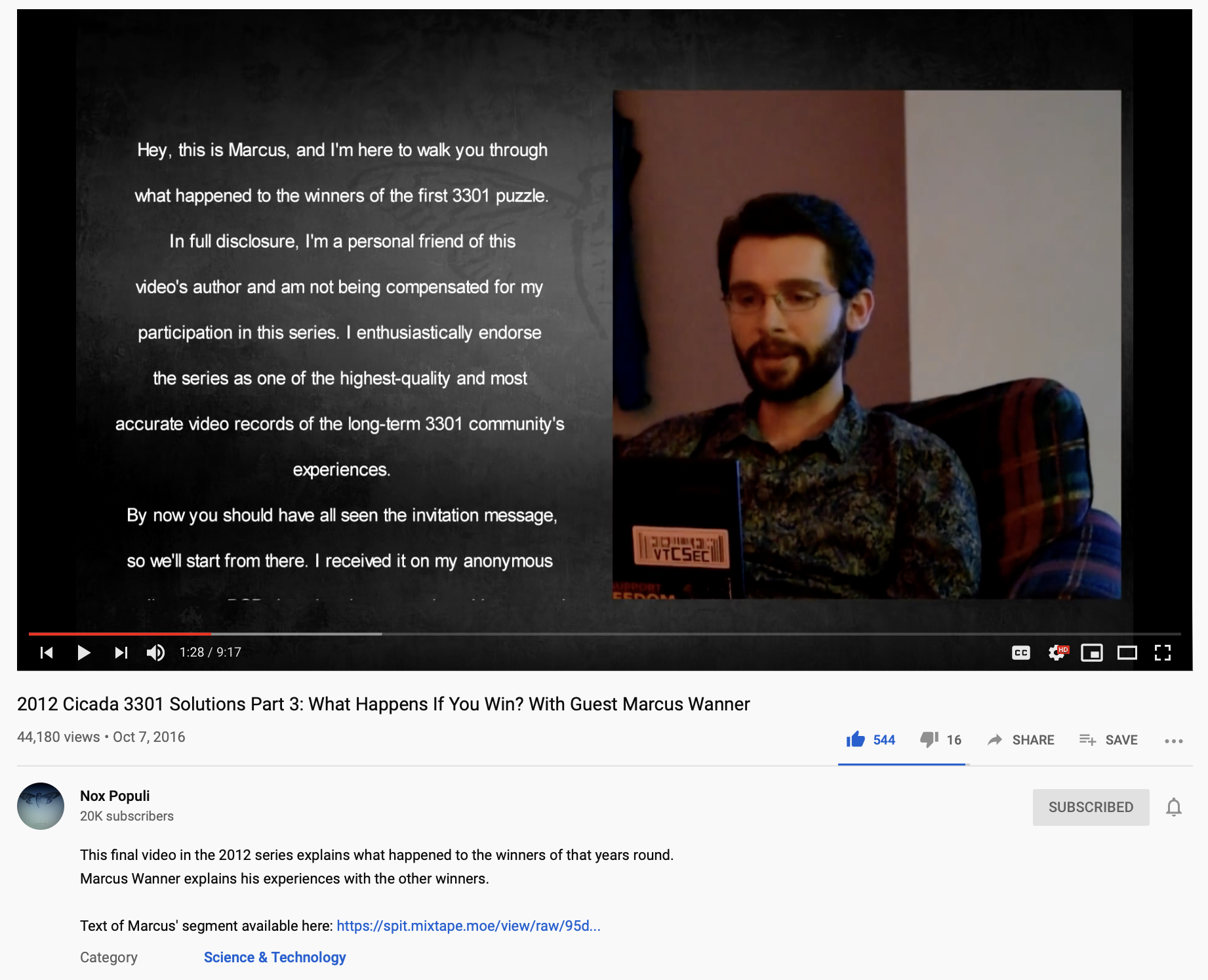
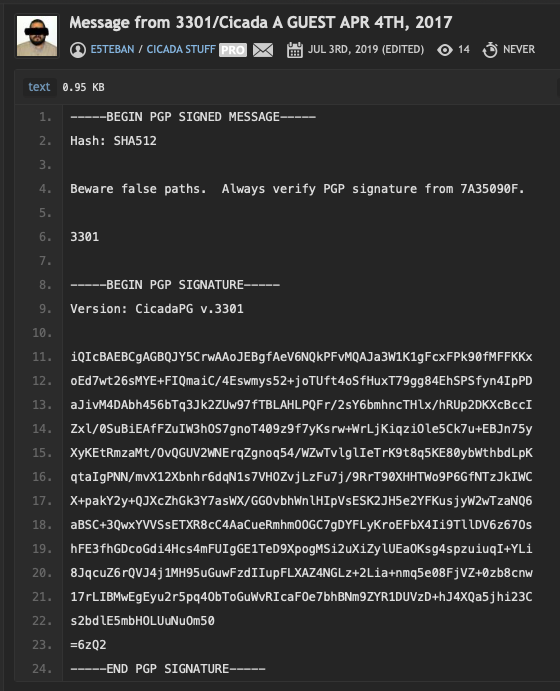



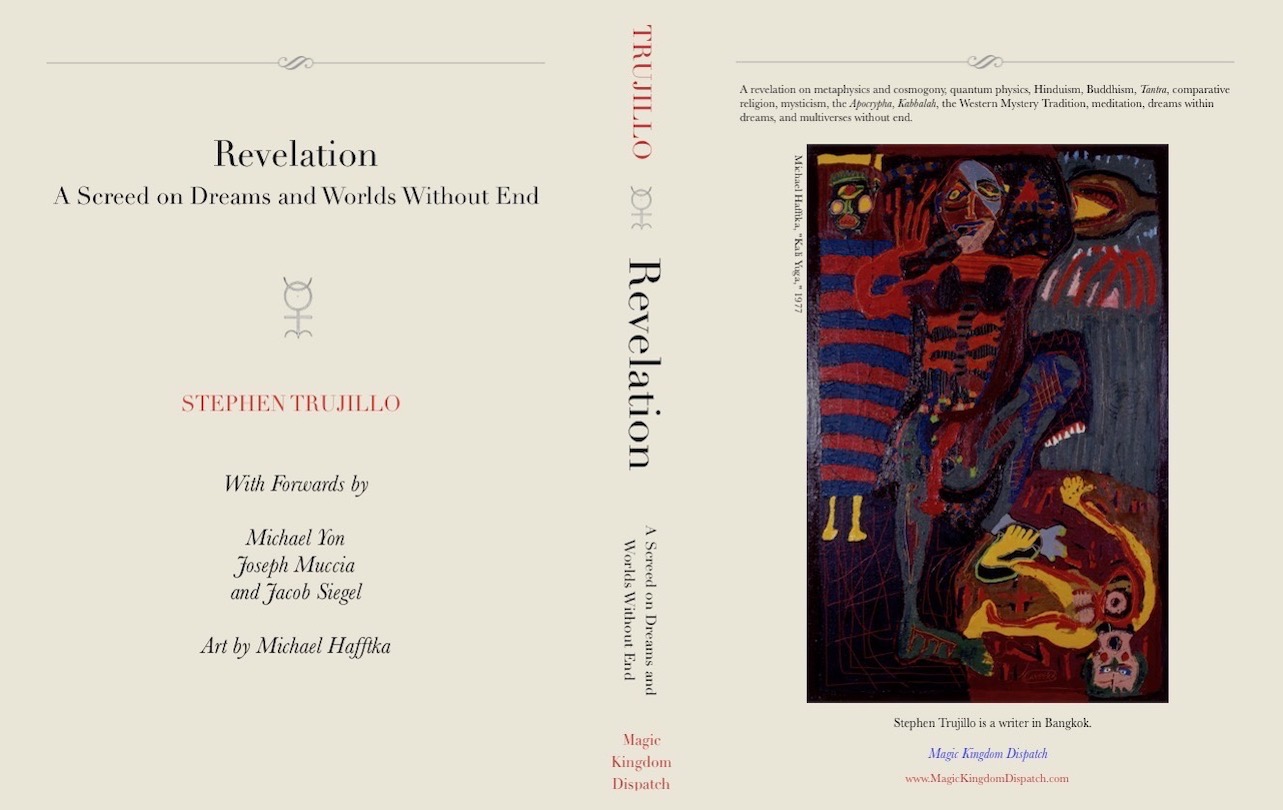
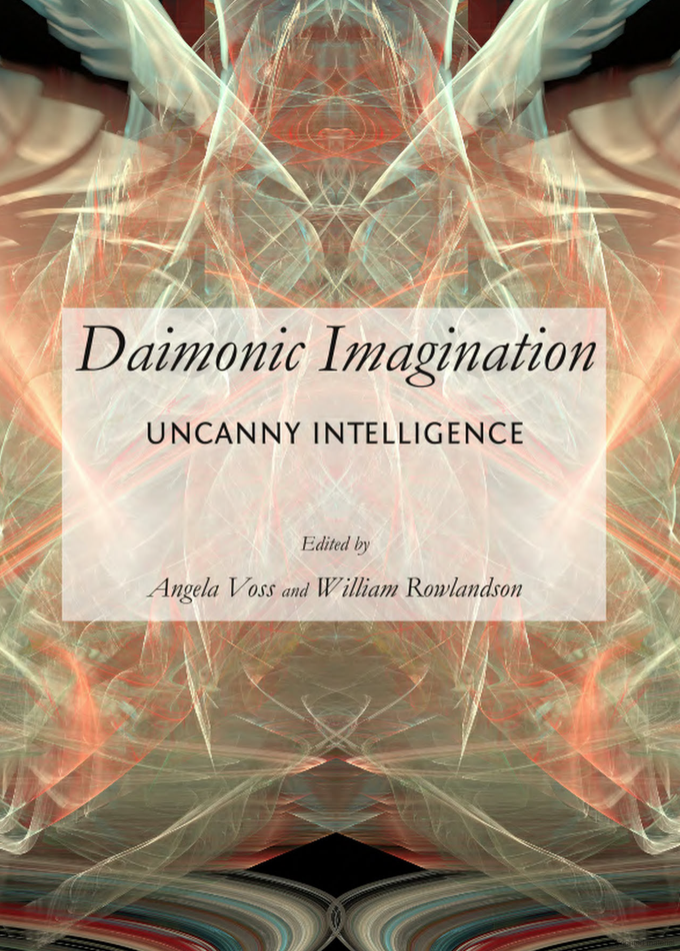
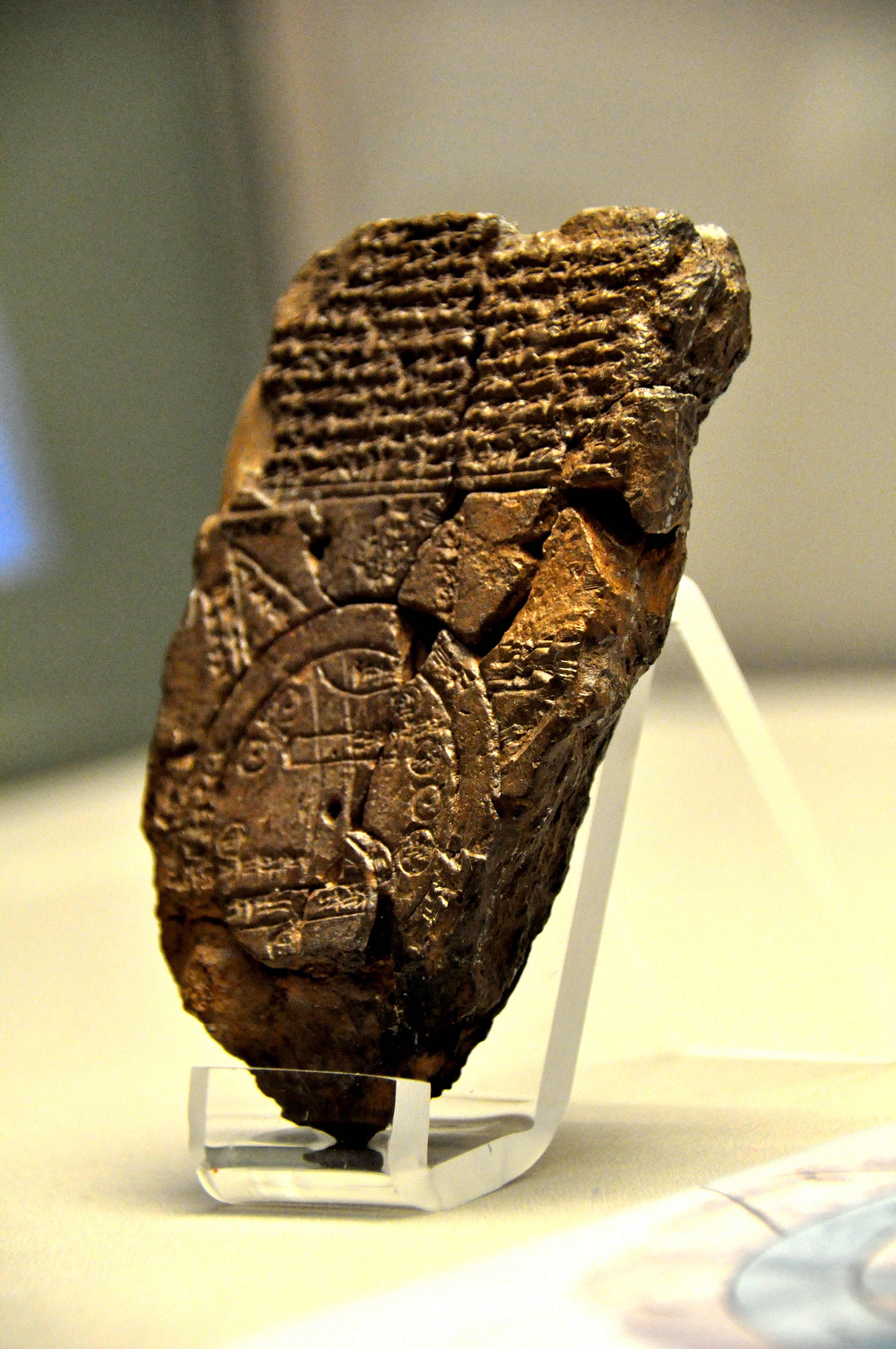




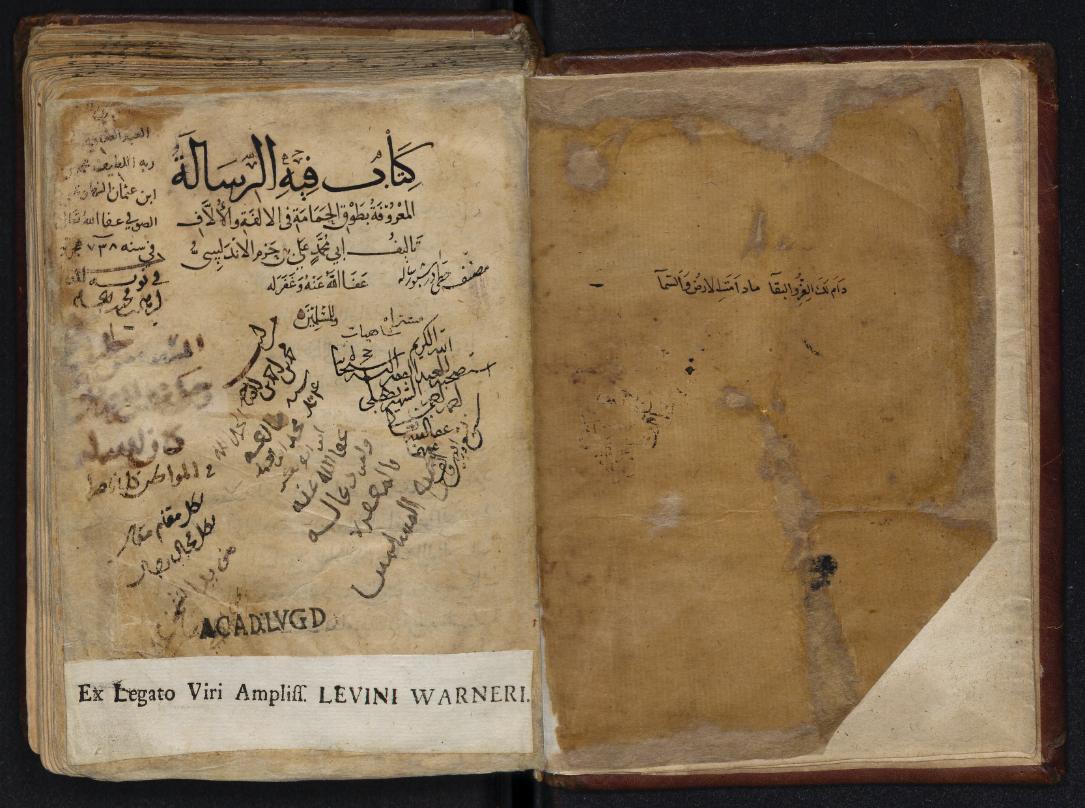
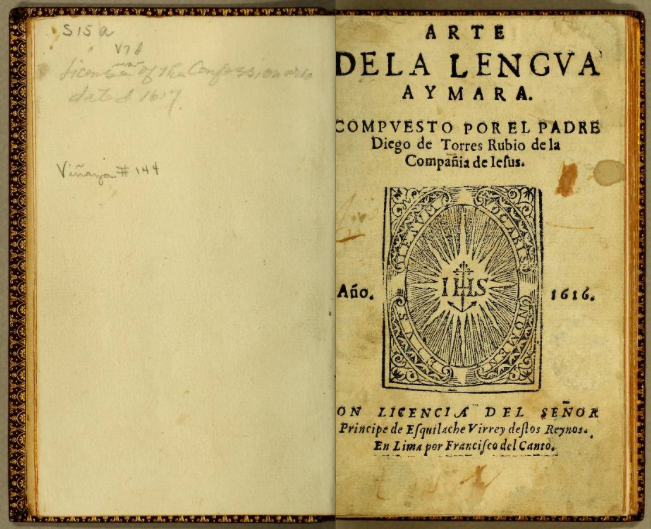
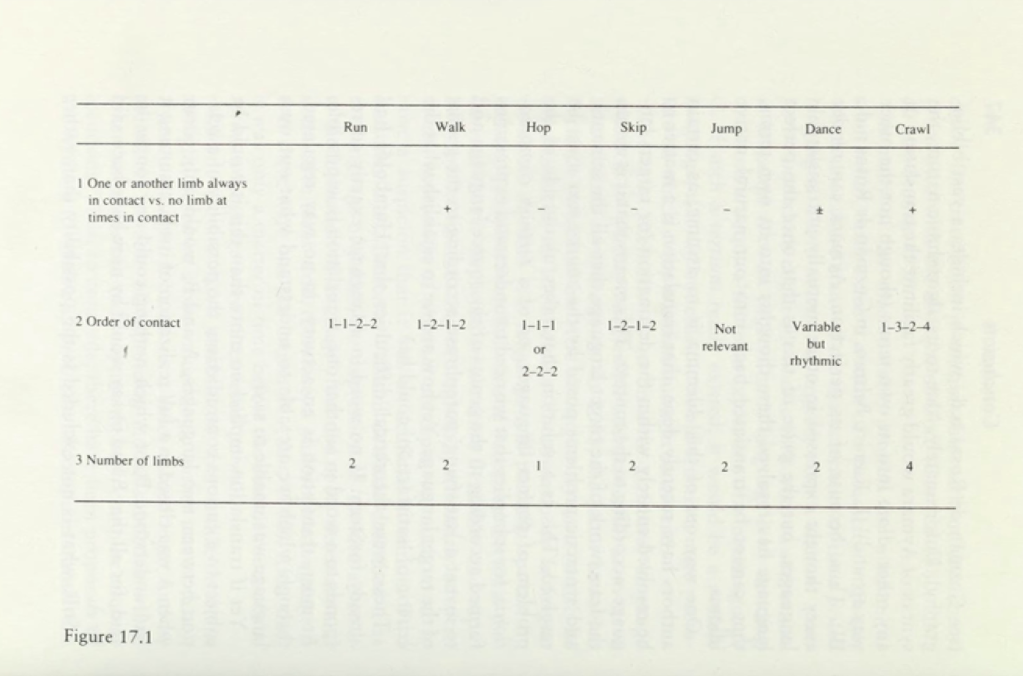
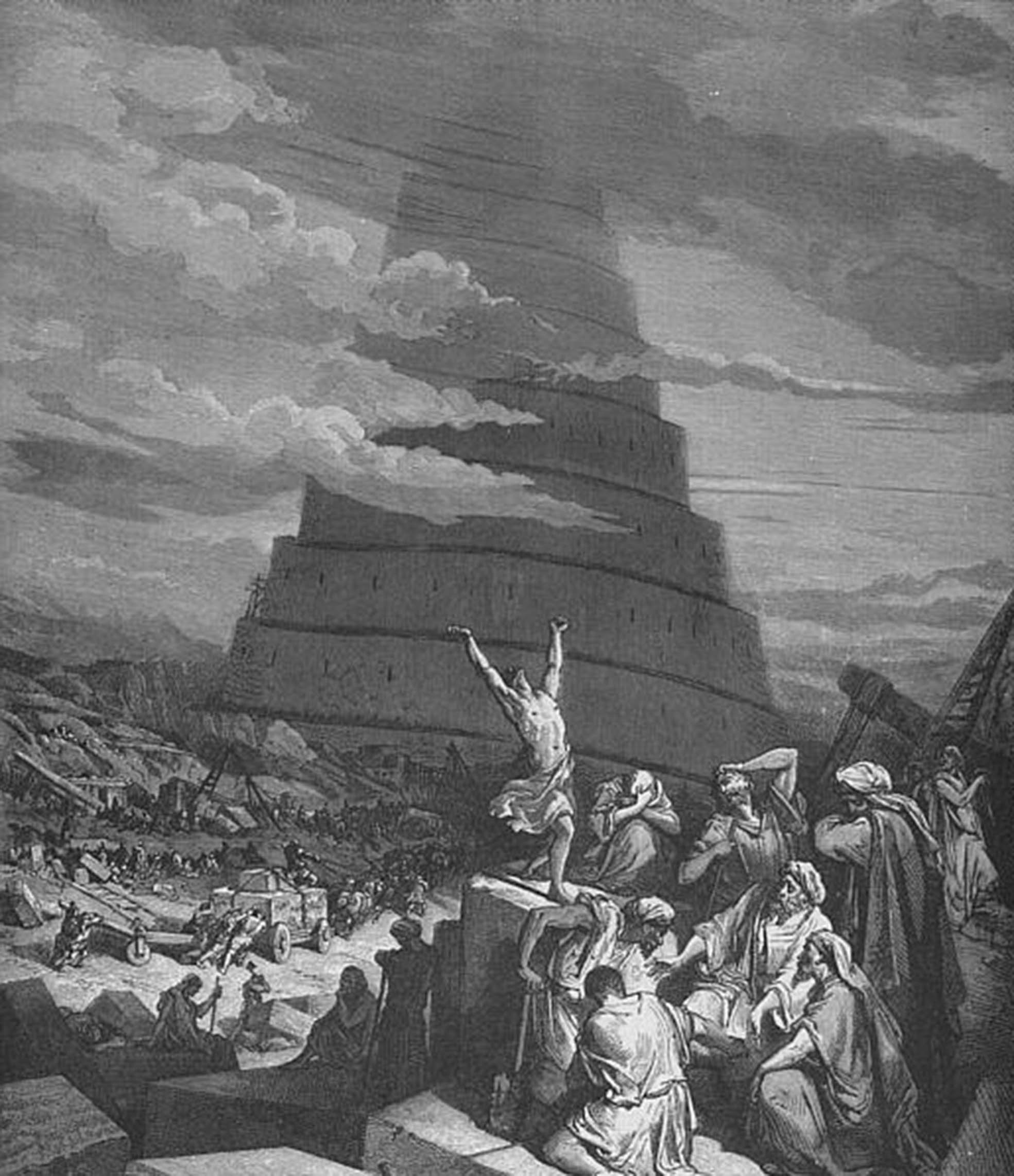

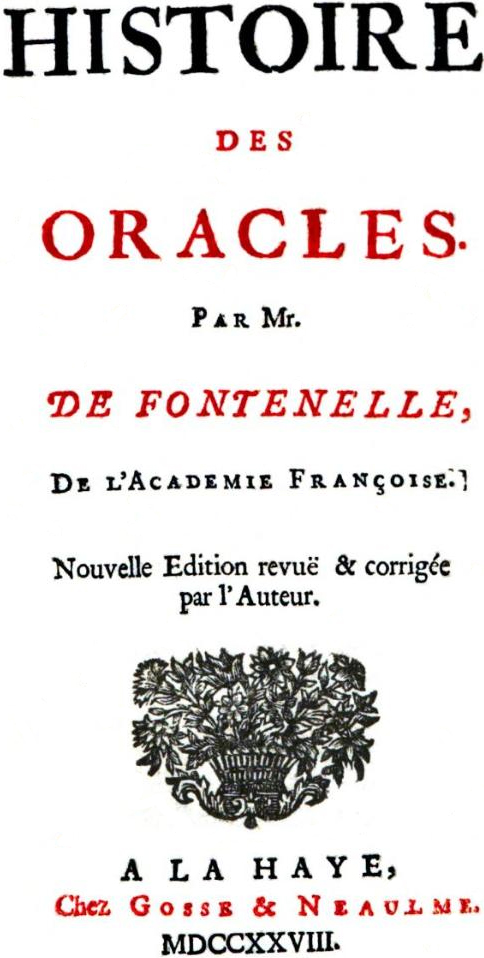
![Projet_d'éléments_d'idéologie_par_le_[...]Destutt_de_bpt6k10455061](https://ma91c1an.files.wordpress.com/2016/08/projet_dc3a9lc3a9ments_didc3a9ologie_par_le_-destutt_de_bpt6k10455061.jpeg)
